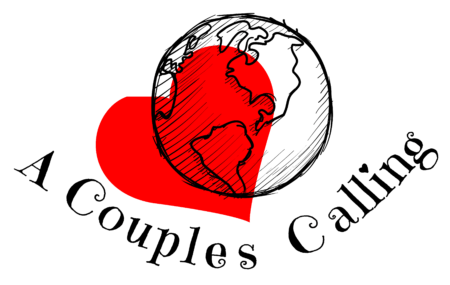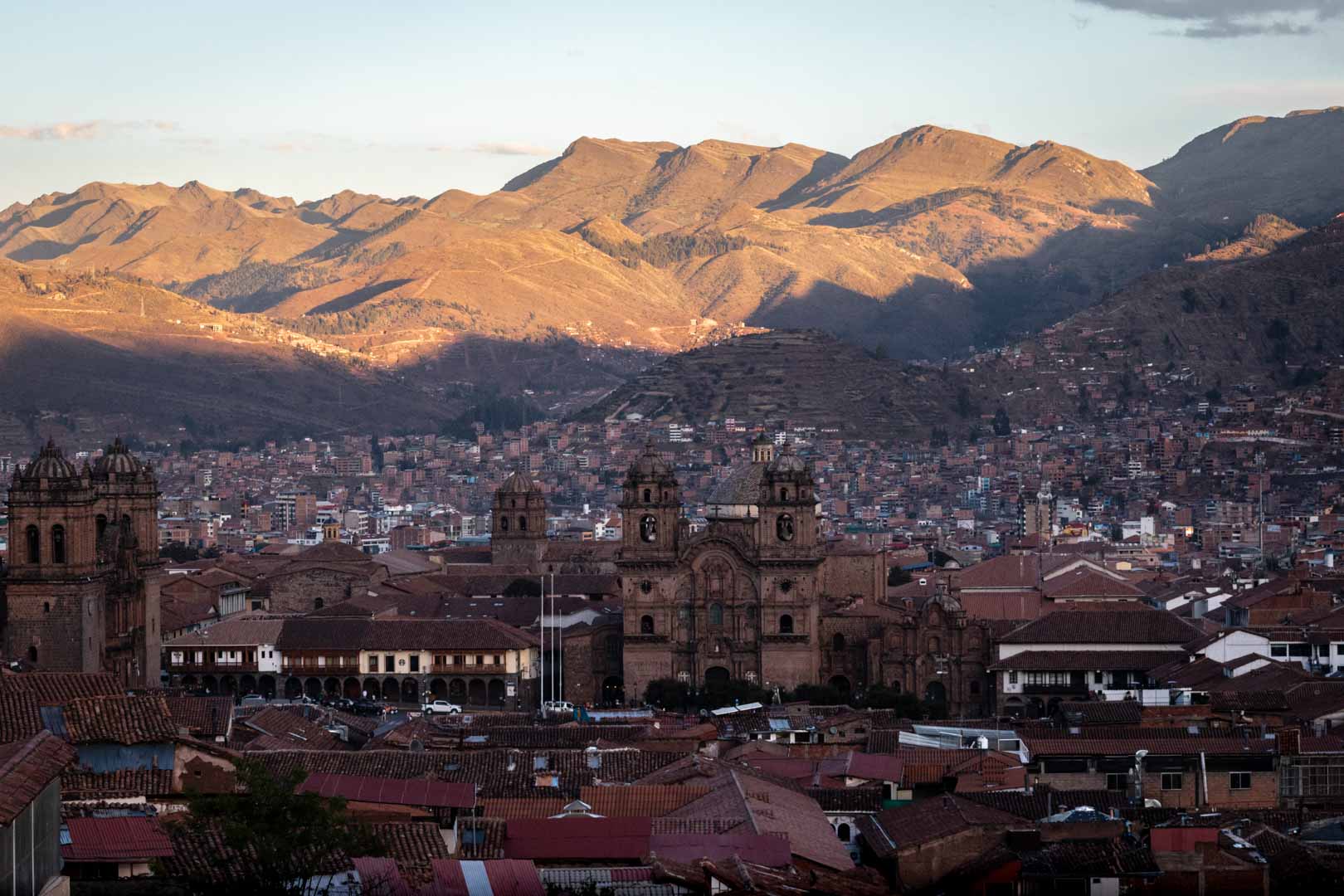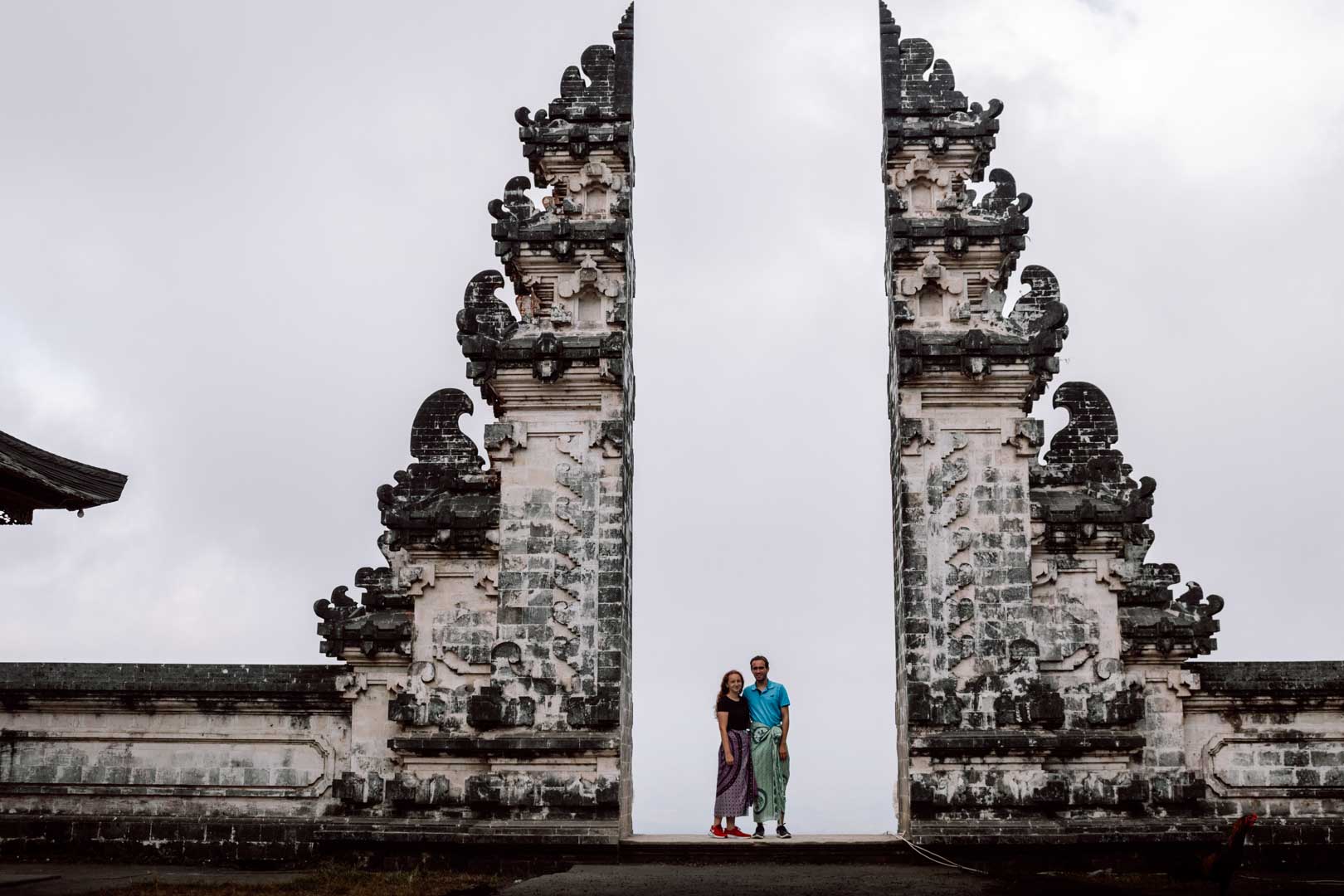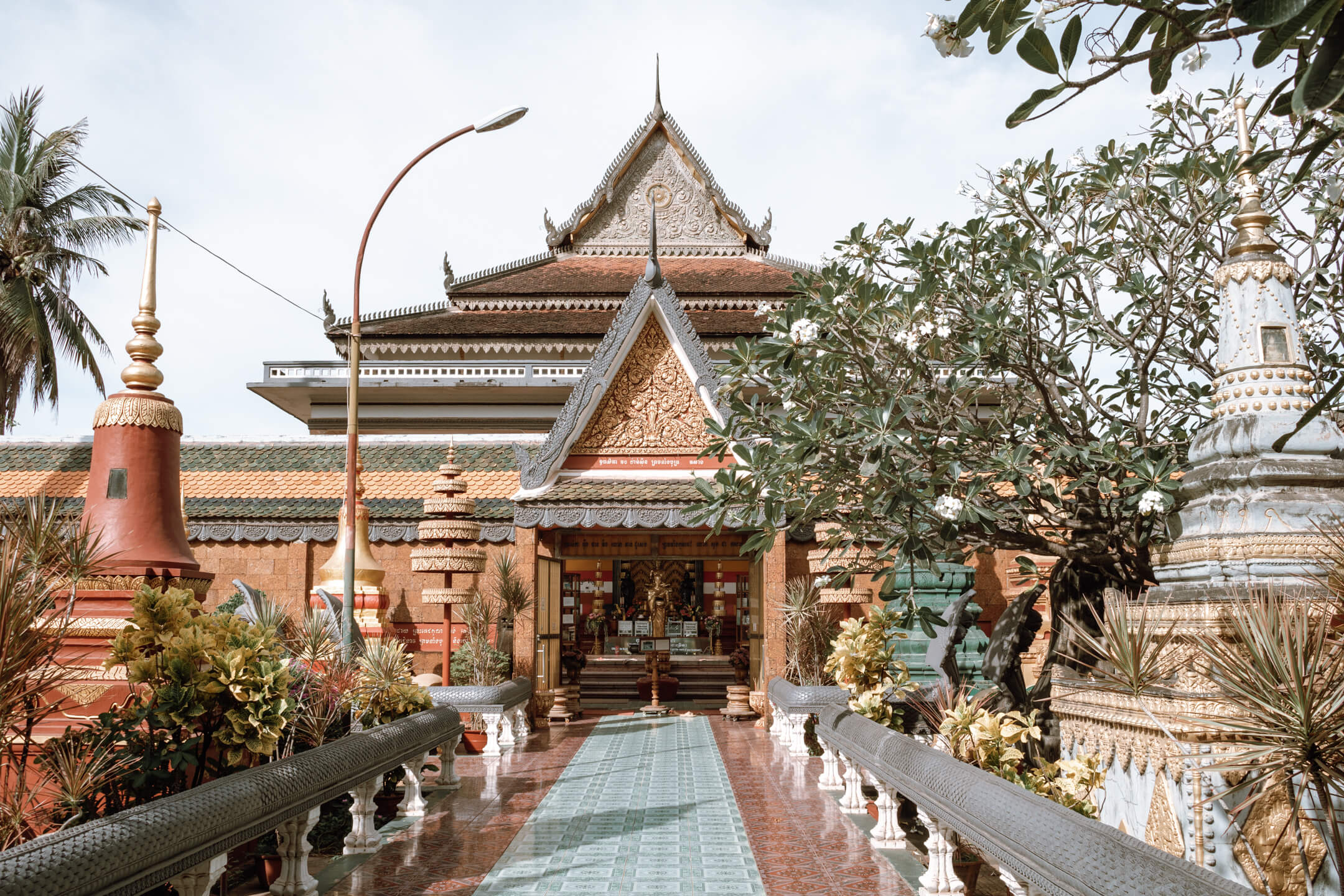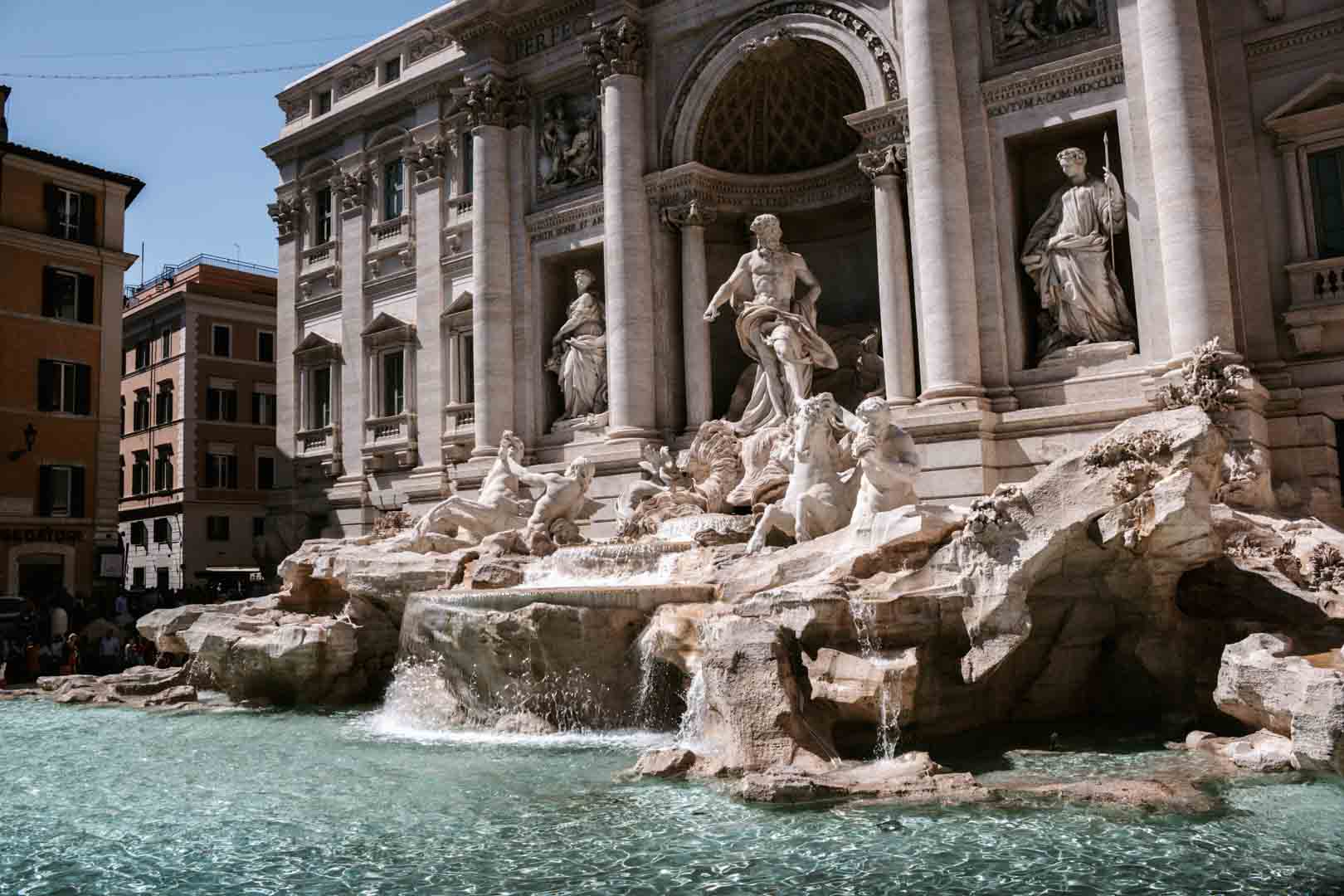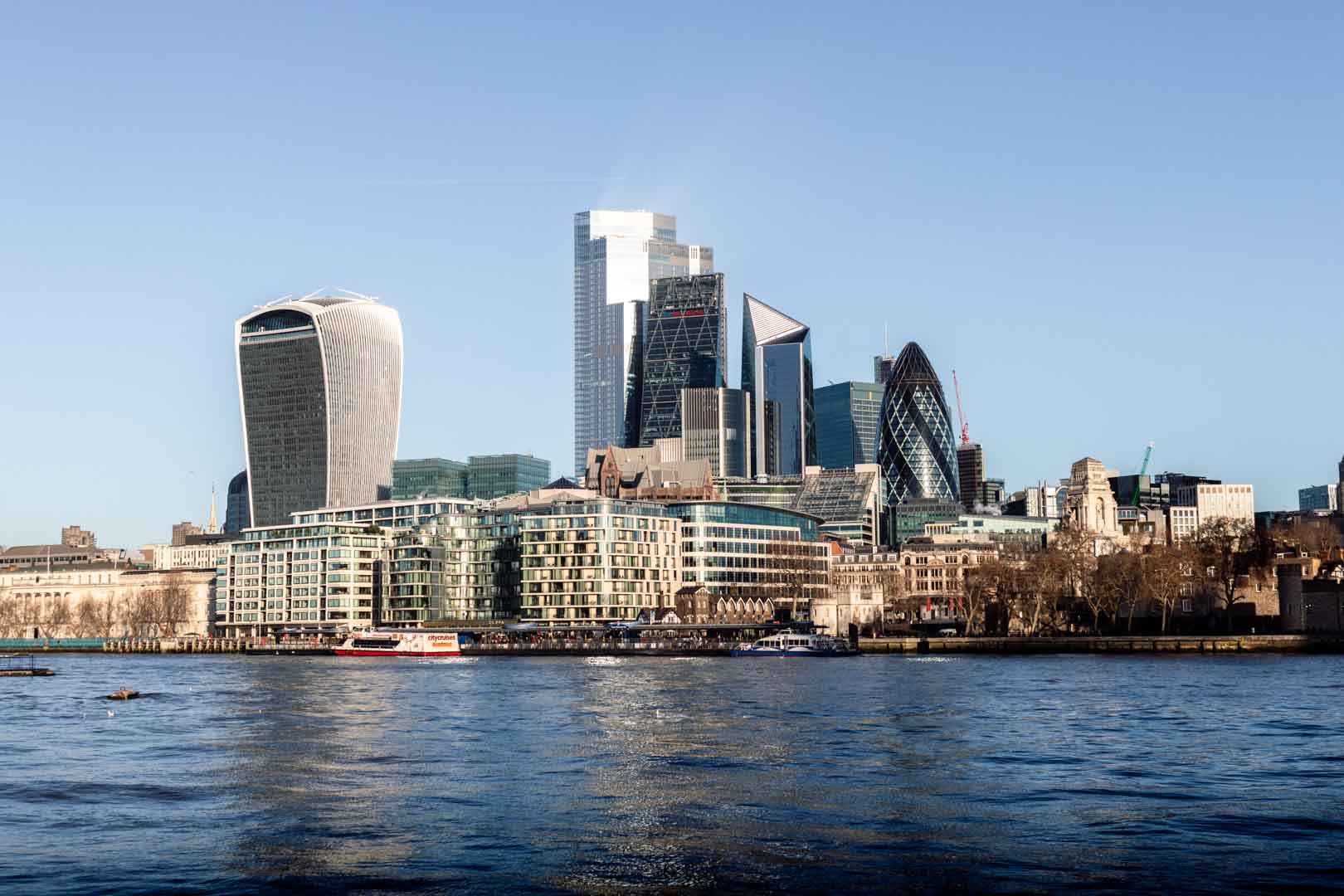Cusco Itinerary: What To Do During Your 4 Days In Cusco
Last Updated: January 13 2024
Cusco is undeniably one of the most breathtaking cities we’ve ever visited! Situated in the heart of the Peruvian Andes, the scenery and architecture here are jaw-dropping. Not to mention, you’ll find an endless wealth of things to do!
Although we rushed through a lot of the country due to being limited on time, we made sure that we had a good chunk of time in Cusco. Not only is there plenty to do in the city itself but there are lots of day trip opportunities too.
To ensure you have the best experience, we’ve put together the ultimate Cusco itinerary! This includes everything from archaeological sites to traditional markets, so there’s something for everyone. Let’s dive right in!
Some posts on this site contain affiliate links. If you buy or book something through these links, we earn a small commission, but at no extra cost to you! If you want to learn more, you can take a look at our privacy policy!
A Quick Overview of Your 4-Day Cusco Itinerary
Day 1:
Plaza de Armas, ChocoMuseo, Museo y Catacumbas del Convento de San Francisco de Asís, Regional Historical Museum of Cusco, Paddy’s Irish Pub
Day 2:
Chinchero Weavers, Moray, Salineras de Maras, San Pedro Central Market, Qorikancha
Day 3:
Mirador de Plaza Sán Cristobal, Cristo Blanco, Siete Borreguitos, Twelve Angled Stone, Cusco Cathedral
Day 4:
Saqsaywaman, Q’enqo Archaeological Complex, Puka Pukara Archaeological Complex, Tambomachay
Your 4 Days in Cusco: Day One
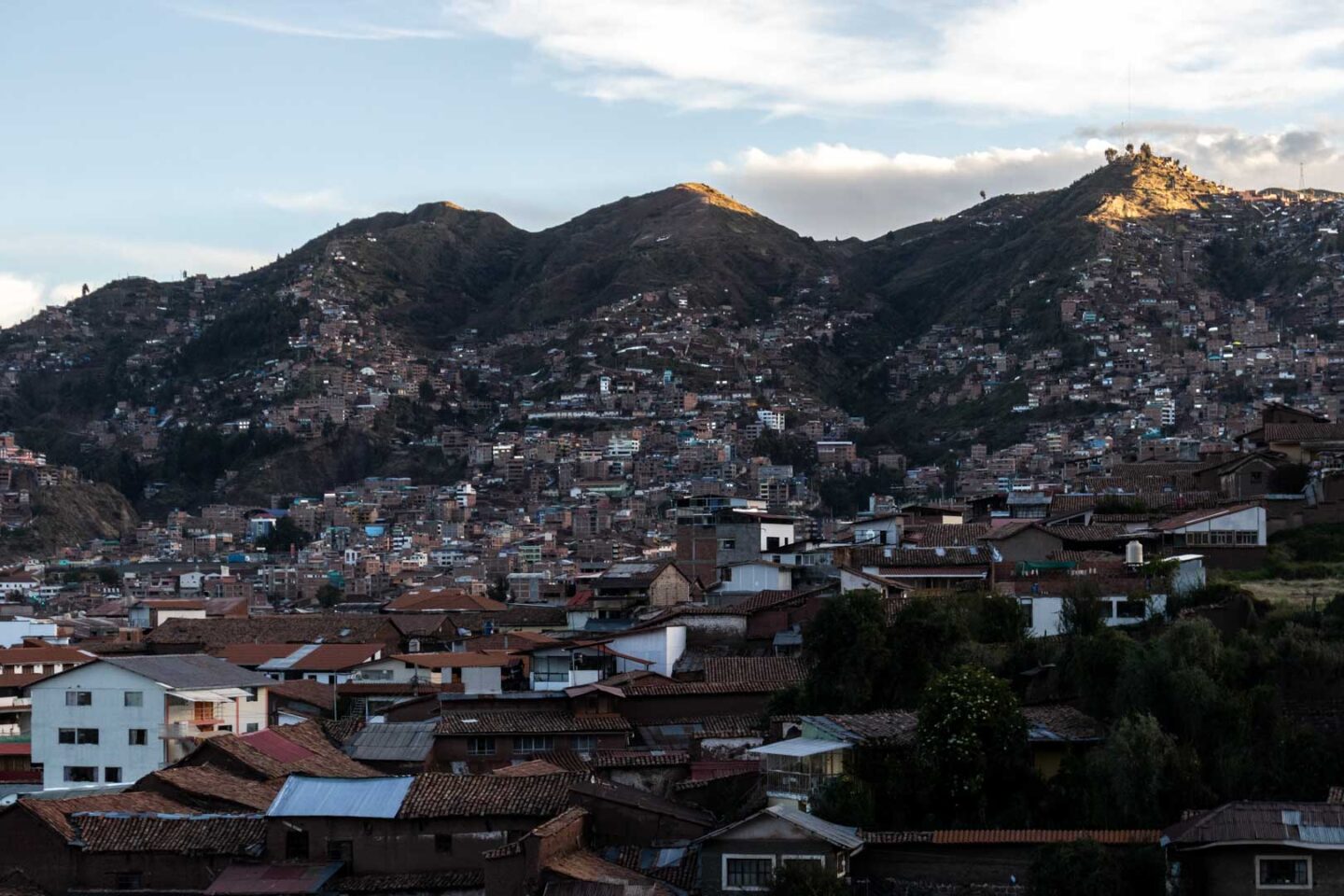
Due to the high altitude (which we’ll talk about later on), you’ll want to take it easy on day one. This will give you a bit of time to acclimatise. For that purpose, we’re going to stick to the city centre for today!
Plaza de Armas
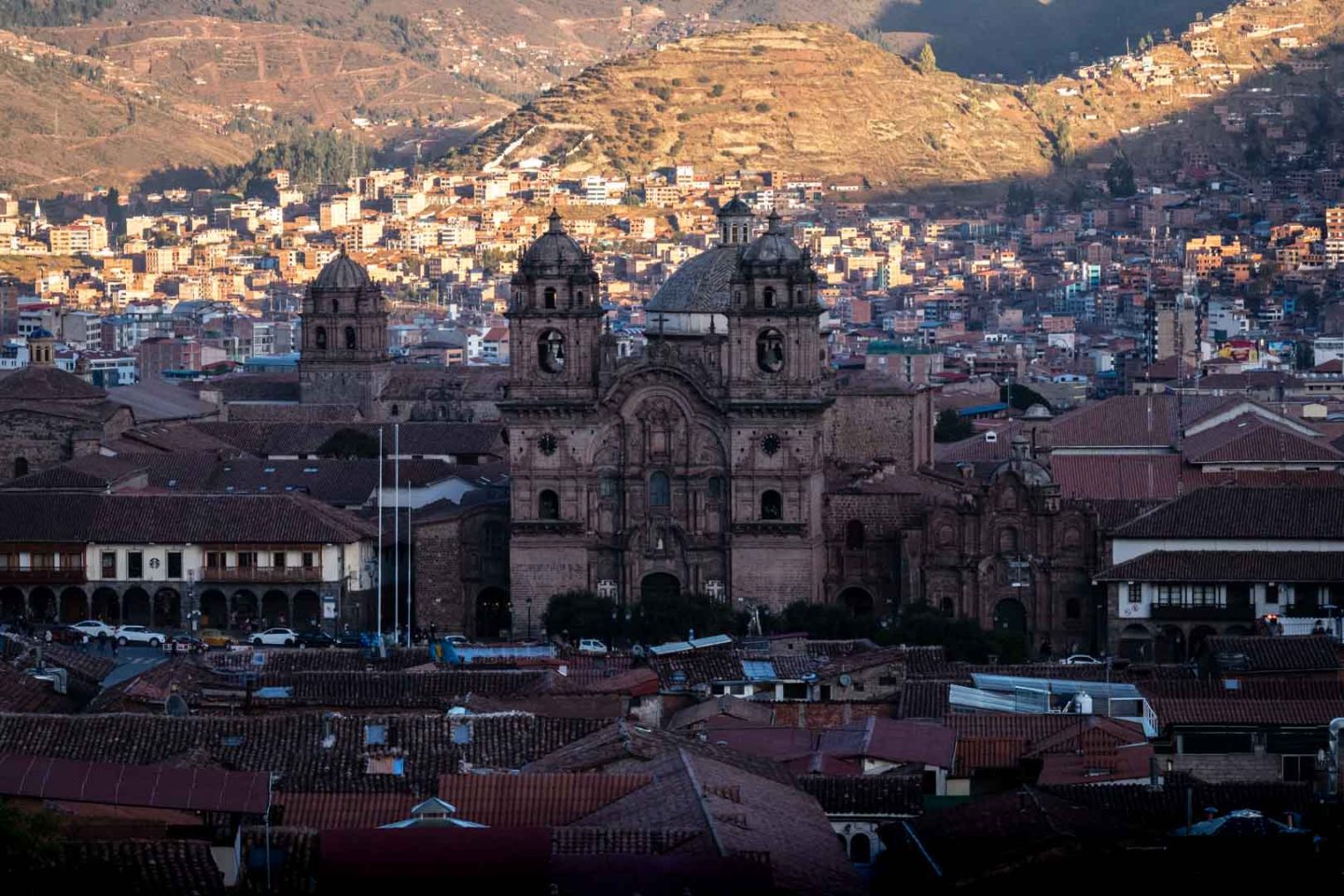
Like with many other cities in South America, ‘Plaza de Armas’ typically means the main square. Now, Cusco has plenty of squares, and each one is impressive in its own right. However, the city’s main square really does set out to impress!
Plaza de Armas is the beating heart of Cusco and has a lot to offer. First of all, two striking buildings will catch your eye as you’re exploring; Cusco Cathedral and Iglesia de la Compañía de Jesús. Both are rather impressive, but that’s not all this square has to offer.
Lining Plaza de Armas are a variety of shops, restaurants, hotels, and tour operators, so there’s something on every corner. In the centre of the square, you’ll find a fountain that features a statue of the Incan ruler Pachacuti.
To truly appreciate the city’s main square, you’ll want to visit during the day and at night, as both offer very different experiences. Either way, this place is a must for any Cusco itinerary!
ChocoMuseo

If you’re anything like us, then you just have to visit the ChocoMuseo if you have 4 days in Cusco. This is one of the best places in the city for tasting Peruvian chocolate so isn’t a place you want to miss.
For those who have plenty of time, you’ll want to check out the museum’s ‘Bean to Bar Workshop‘. The workshop runs for around 2 hours and you’ll get to make your own chocolate from scratch. That means you’ll learn all about the chocolate-making process from start to finish.
If you’re short of time, then you can just take a quick look at the factory or head to the cafe. There are also plenty of awesome goodies to buy in the shop, which is certainly what we did. In fact, you can create your own little gift box by choosing from the small wrapped chocolates on offer.
If you’re a big foodie, then make sure ChocoMuseo is on your Cusco itinerary!
Museo y Catacumbas del Convento de San Francisco de Asís
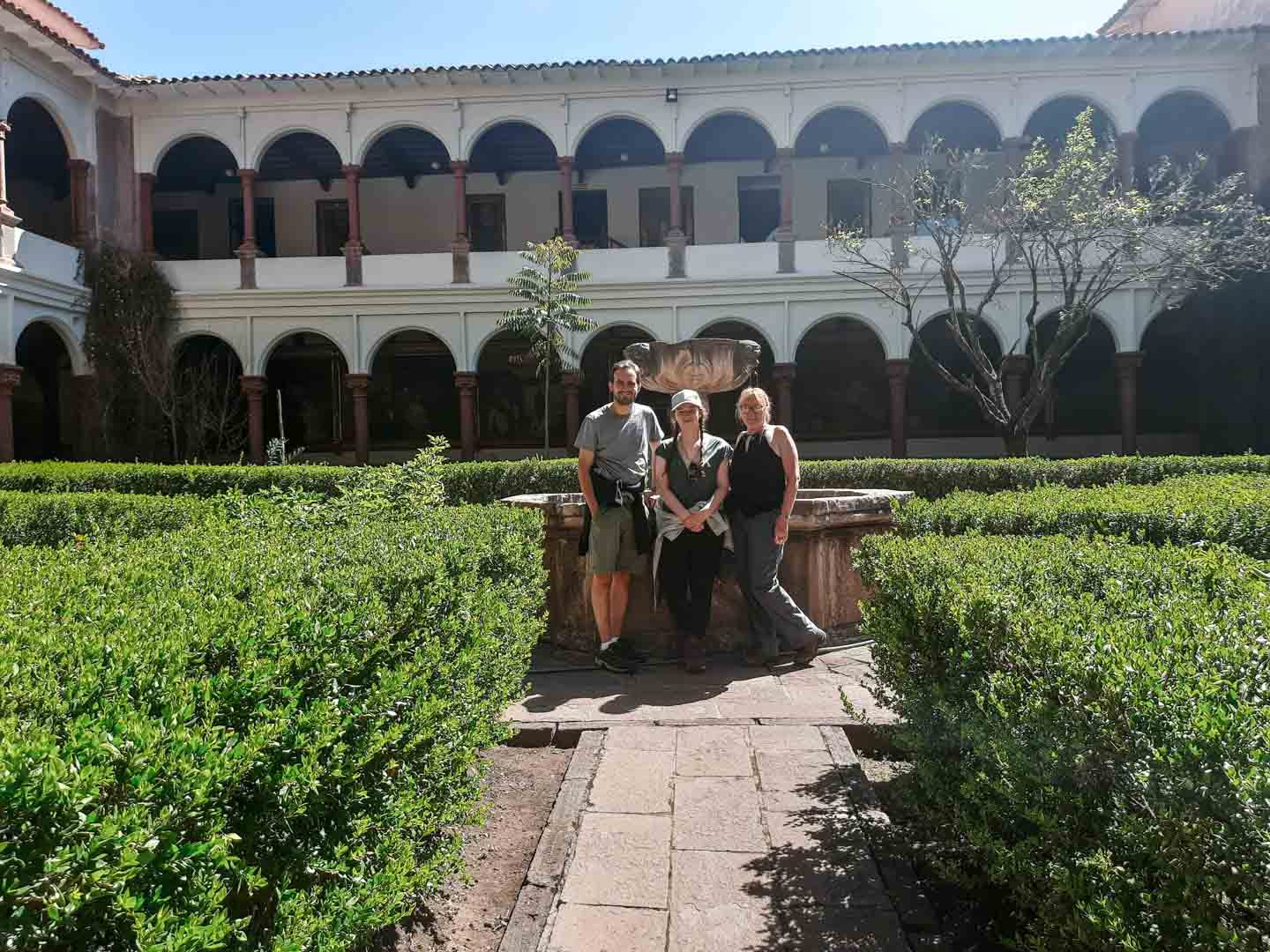
After visiting the ChocoMuseo it’s time to visit another museum which is just a 4-minute walk away. This is one of the more unique attractions in Cusco and as such, you won’t experience the crowds here.
Although we don’t speak Spanish (we do plan to learn this year), our guide was fantastic. She couldn’t speak much English, but she broke down any communication barriers with Google Translate, which really helped us understand the place’s history.
Although the catacombs located underneath the church were interesting, it was the paintings that blew our minds. This museum is home to some of the largest paintings in South America, and they’re beautiful. There’s also a fantastic library here, that’s home to books dating back to the 17th century.
Considering how much Museo y Catacumbas has to offer, it’s a shame that more people don’t visit. If you’re in the city, we highly recommend that you take the time to do so.
Regional Historical Museum of Cusco
If you’ve not had enough of learning just yet then you’ll want to visit the Regional Historical Museum of Cusco. You’ll find it in a beautiful colonial house that was once owned by the Peruvian writer, Inca Garcilaso de la Vega.
Within this museum, thirteen different rooms will take you through Cusco’s history. Some exhibits here date back to prehistoric times (namely fossils including a mammoth), while others are from the city’s colonial era.
For the best experience, you’ll want to ensure that you visit all the rooms as each one has something to offer. The majority of Cusco’s history is covered at this museum including the Incas, Wari culture, the Colonial Gods, the Saints of Peru, and the revolution of Túpac Amaru.
The Cusco Tourist Ticket (we’ll talk about this later) includes the entrance fee to the Regional Historical Museum, so it’s not expensive to visit.
Paddy’s Irish Bar
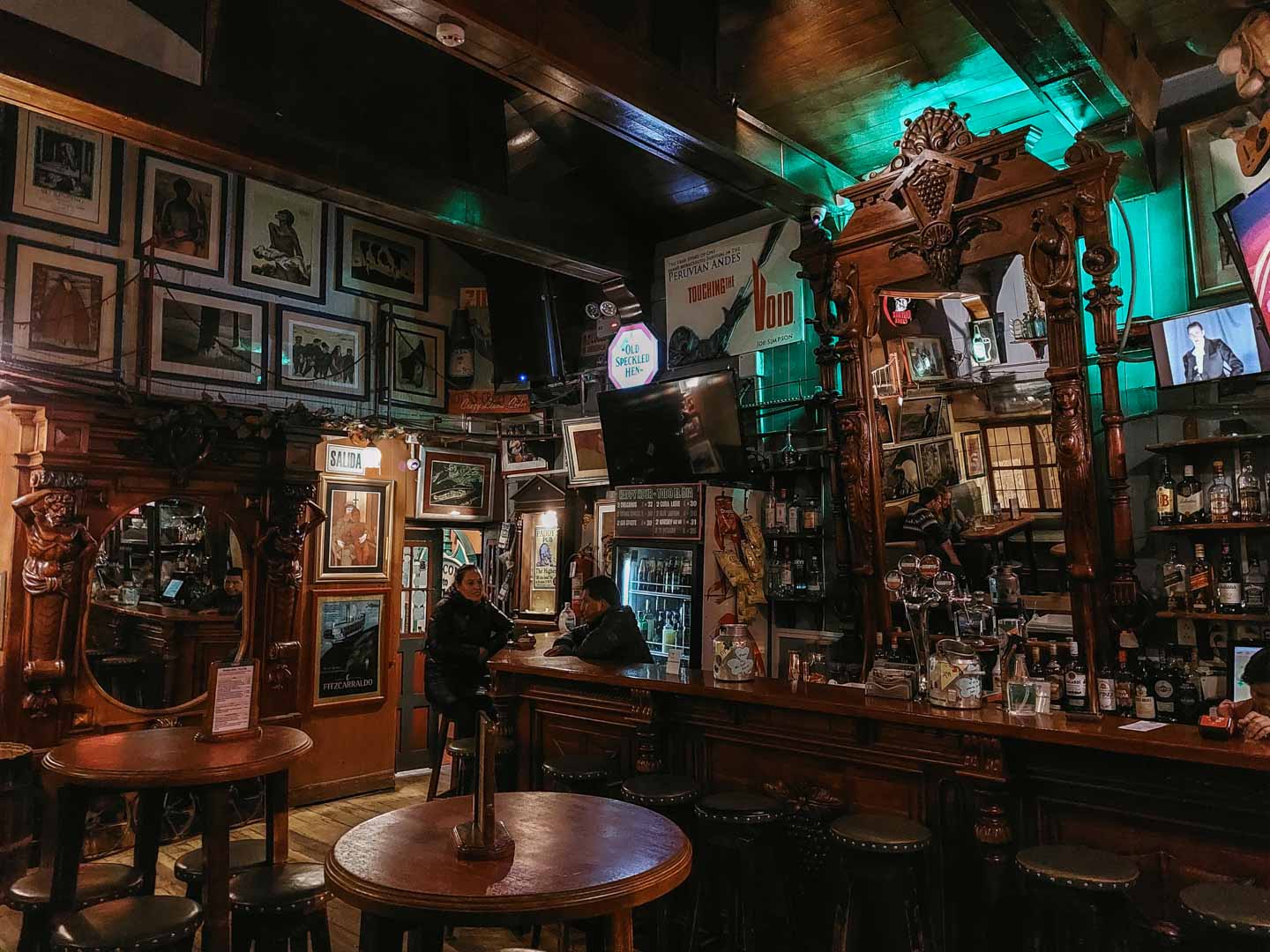
To finish off the first day of this Cusco itinerary, head to Paddy’s Irish Bar. It’s the highest Irish-owned pub in the world and is one of the coolest places to visit in the city. If you’re after a bit of Western influence, then this is your place.
Here you can enjoy a traditional pint of Guinness, some craft beers, or a glass of wine if you so fancy. There are even some tasty cocktails available, including the traditional Chicano.
Not only is Paddy’s a great place to grab a drink, but the food here is delicious. The menu has something for everyone, whether you’re after a main meal or a snack.
Honestly, the atmosphere at Paddy’s Irish Bar is fantastic, and we highly recommend that you visit here. There are even free posters available so you can prove that you’ve been to the world’s highest Irish-owned bar!
Your 4 Days in Cusco: Day Two
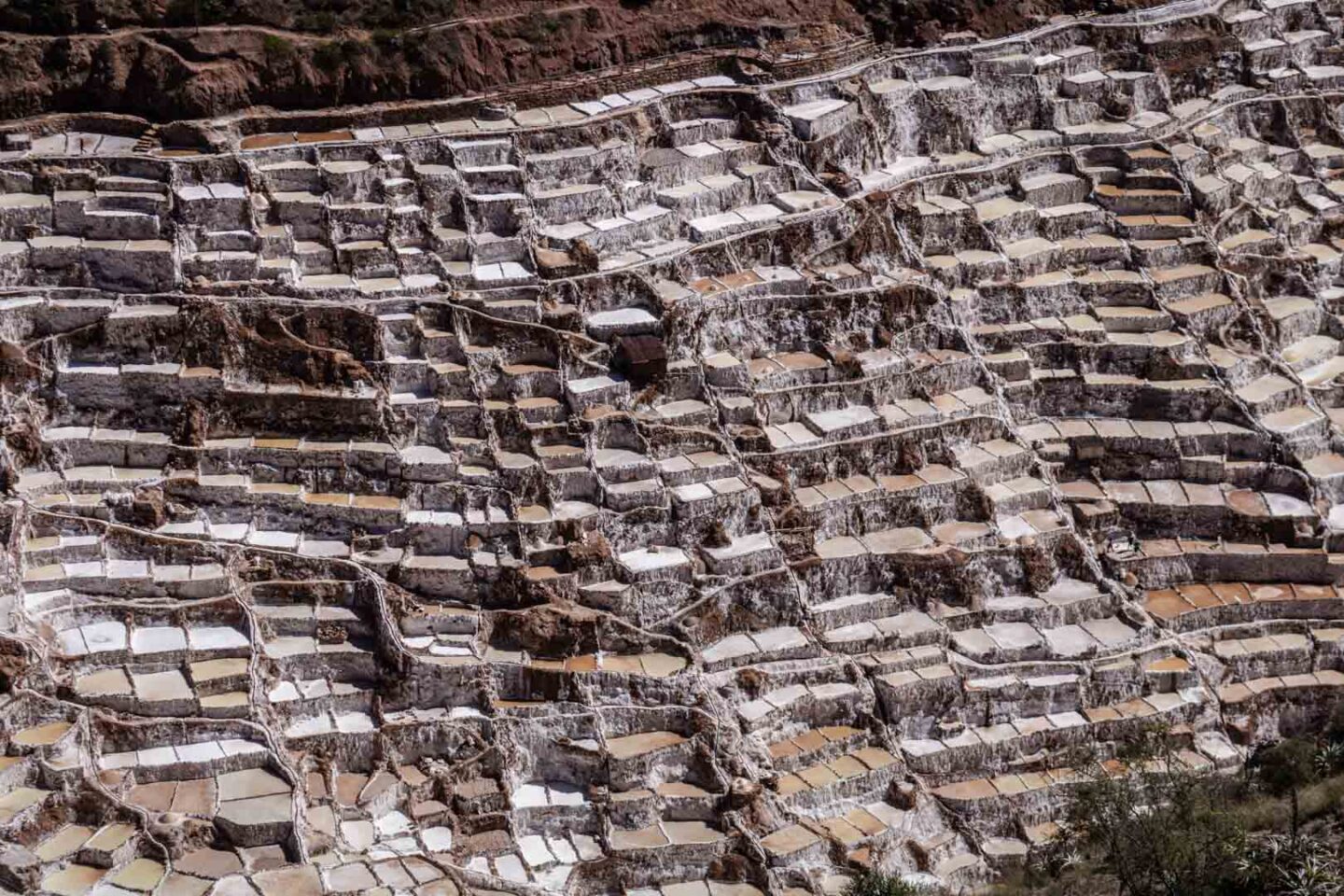
Day two of this 4-day Cusco itinerary will see you head out on a Sacred Valley tour in the morning. You’ll arrive back in the city around 2 pm, and then you’ll have the afternoon to continue exploring.
Top Tip: During our time in Cusco, we opted to go on this half-day tour. This allowed us to head out of the city and into the surrounding area. Honestly, we couldn’t recommend this tour enough! Our guide was fantastic and everything was so well organised.
Chinchero Weavers
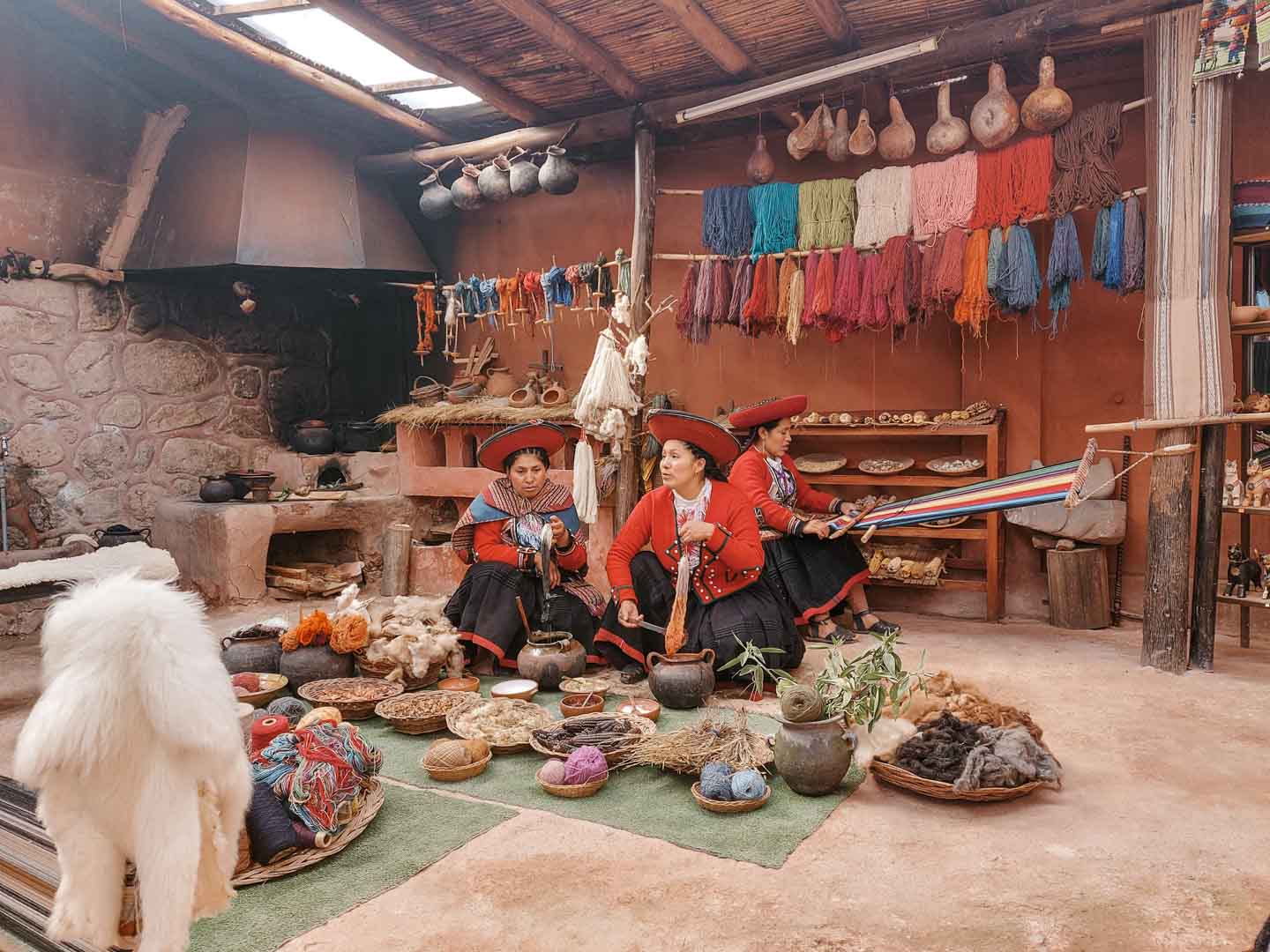
The first stop on our tour was Chinchero where we were able to watch a cultural demonstration at a local weaving centre. The guide was fantastic, and she taught us all about the weaving process from start to finish.
Firstly, the wool is cleaned in a special solution to remove any dirt. It’s then dyed using a variety of items, and this changes depending on the colour. Everything from medicinal plants to corn is used, and the weavers can create an array of colours with these items.
After the wool has been dyed, it’s left to dry and will eventually be woven into a textile of some sort. This process can take up to 6 months! Getting to learn about this process is a highlight of any Cusco itinerary.
Now, you’ll find plenty of fantastic items of clothing and textiles in Cusco’s markets. However, Chinchero is famous for its high-quality goods, making it the perfect place to pick up a souvenir or two.
Moray
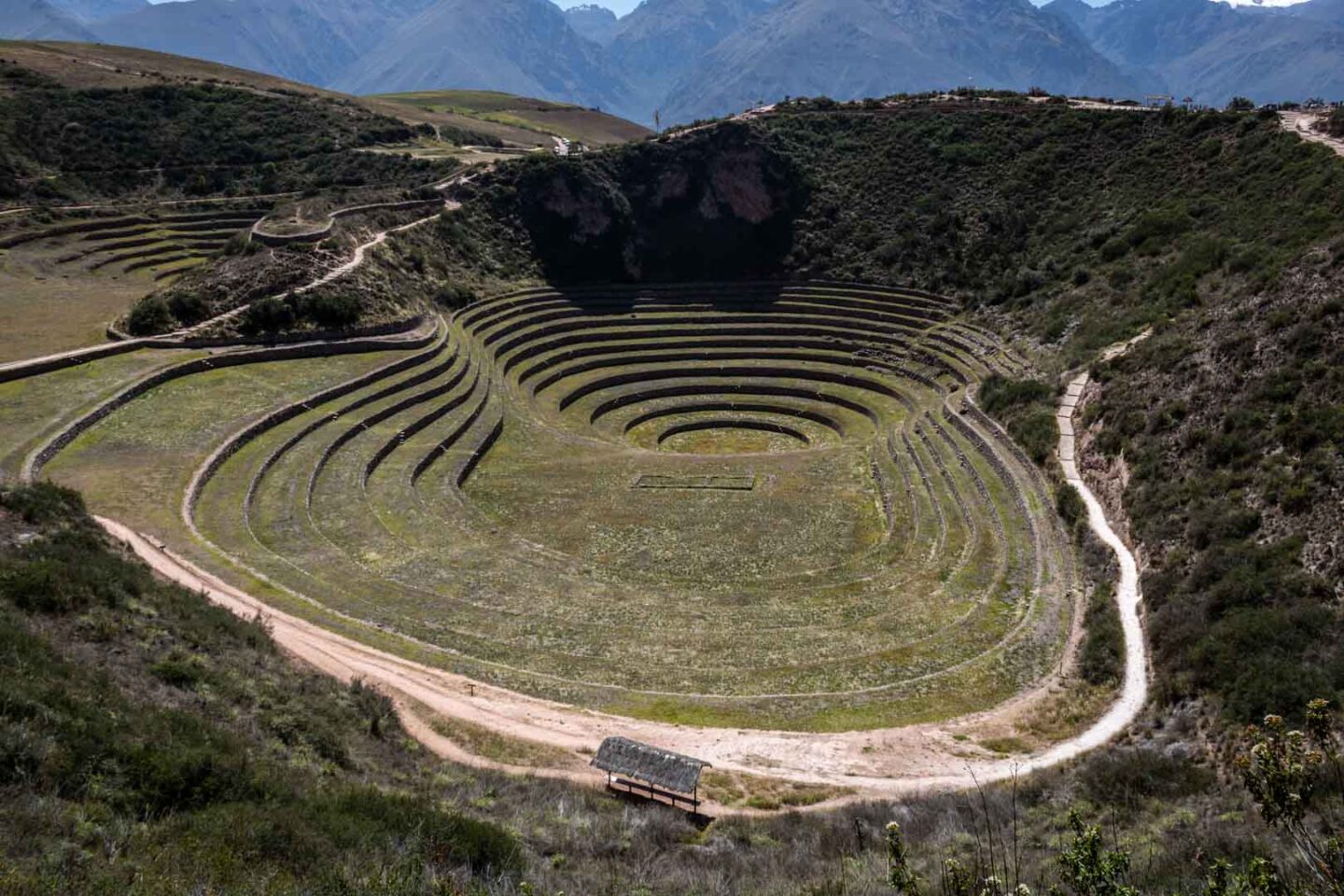
After spending some time at the weaving centre, our guide then took us to Moray. Now, this is one of the most impressive sites we came across in Peru and that’s saying a lot! If you’ve only got 4 days in Cusco, then make sure this place is on your itinerary.
Moray is one of the most well-known Inca ruins near Cusco. Here, you’ll find three circular terraces that are all made up of different levels. It’s thought that meteorites originally fell here to create the indentations in the land, and that the local people then took advantage of these landscapes.
But what was the purpose of these circular terraces? Well, it’s believed that they were used for agriculture. Each terrace was located at a different temperature (even if it was only 1 or 2 °C different). Thanks to this, a variety of crops and plants could grow on each level.
Salineras de Maras
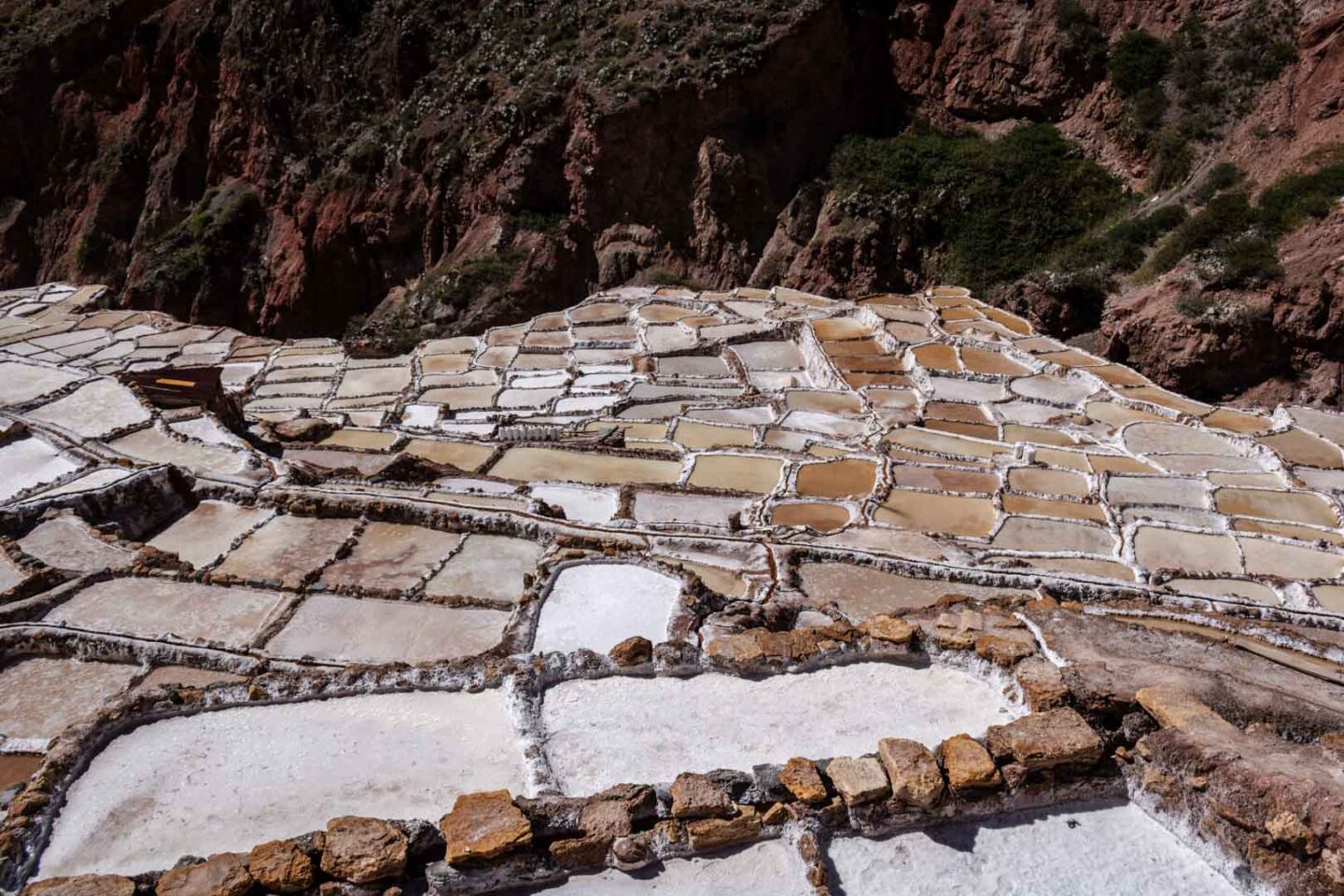
The last stop on this half-day tour is Salineras de Maras (otherwise known as the salt flats). This is one of the most-visited locations in the Sacred Valley and it’s not hard to see why!
Here, you’ll find over 3,000 salt wells all grouped together. These wells are dug into the hillside and they make for quite an astonishing sight. In fact, it’s a popular spot with keen photographers so make sure you bring your camera too.
The salt wells are split between dozens of families who each work on a section of the flats. Once the salt has dried out in the sun, it’s then sold off which is how the local people make money in this area. You can actually buy some of the salt here if you’re looking for a quirky souvenir.
On the way back, up the (very winding) road, you’ll stop off at the viewpoint. From here, you’ll get a grasp of how big Salineras de Maras really is!
San Pedro Central Market
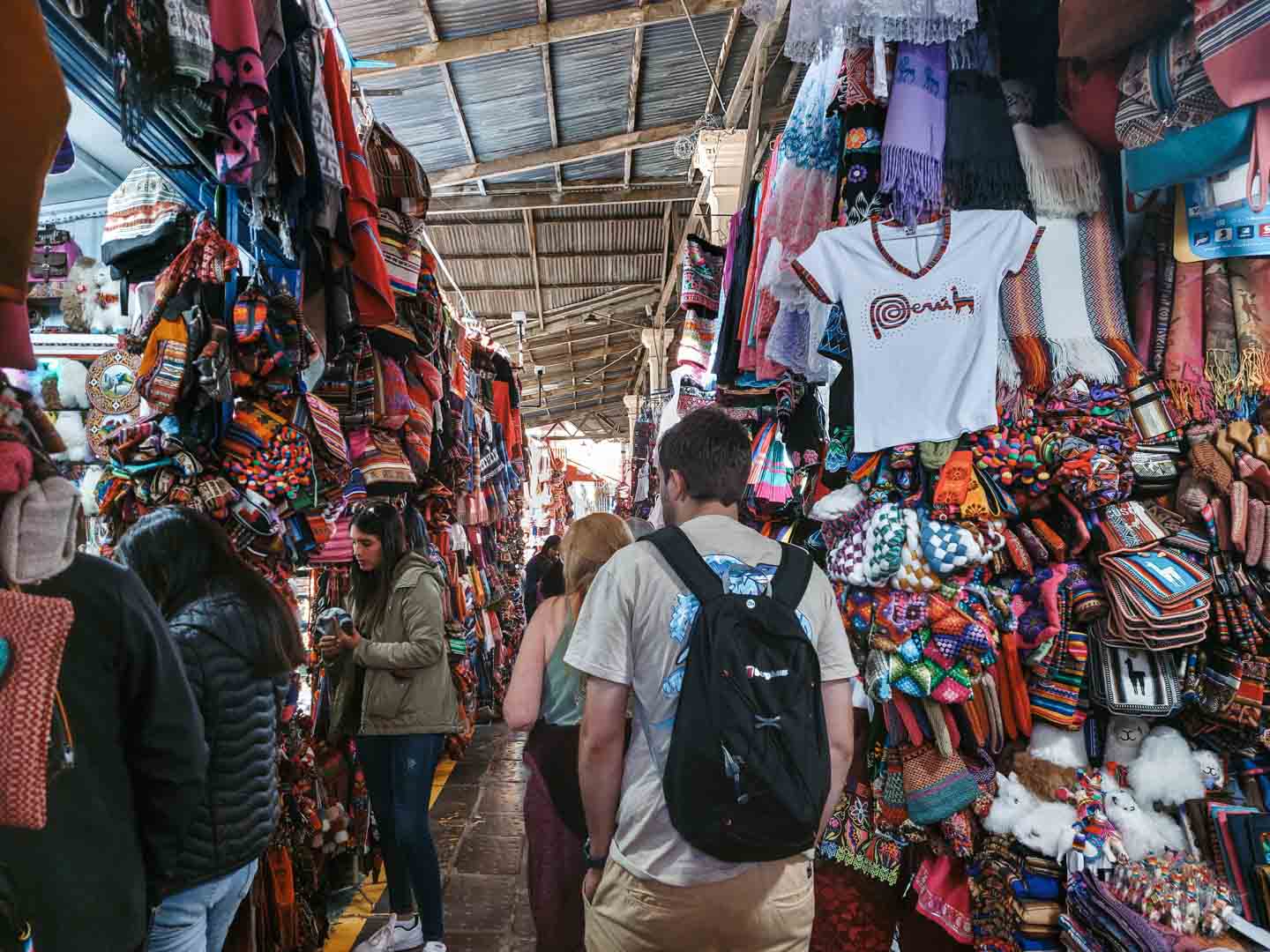
After arriving back in Cusco, it’s time to explore one of the city’s most authentic markets. San Pedro is also the oldest market in Cusco and has been around since 1925!
As soon as you walk in, your senses will be overwhelmed with endless sights, smells, and sounds. Primarily a food market, San Pedro has tons of local goodies on offer. This includes meats, cheeses, sweet treats, and baked goods among other items.
There’s also an area within San Pedro Central Market that’s full of vendors. Here, you’ll be able to taste a variety of traditional dishes and they’re extremely affordable too. That makes it a must for any Cusco itinerary!
This is also the place where you’ll want to do some souvenir shopping, as there are endless craft stalls in the market too. You’ll find anything from textiles to jewellery here, so there’s something for everyone. Just be aware that haggling is common practice in Peru.
Qorikancha
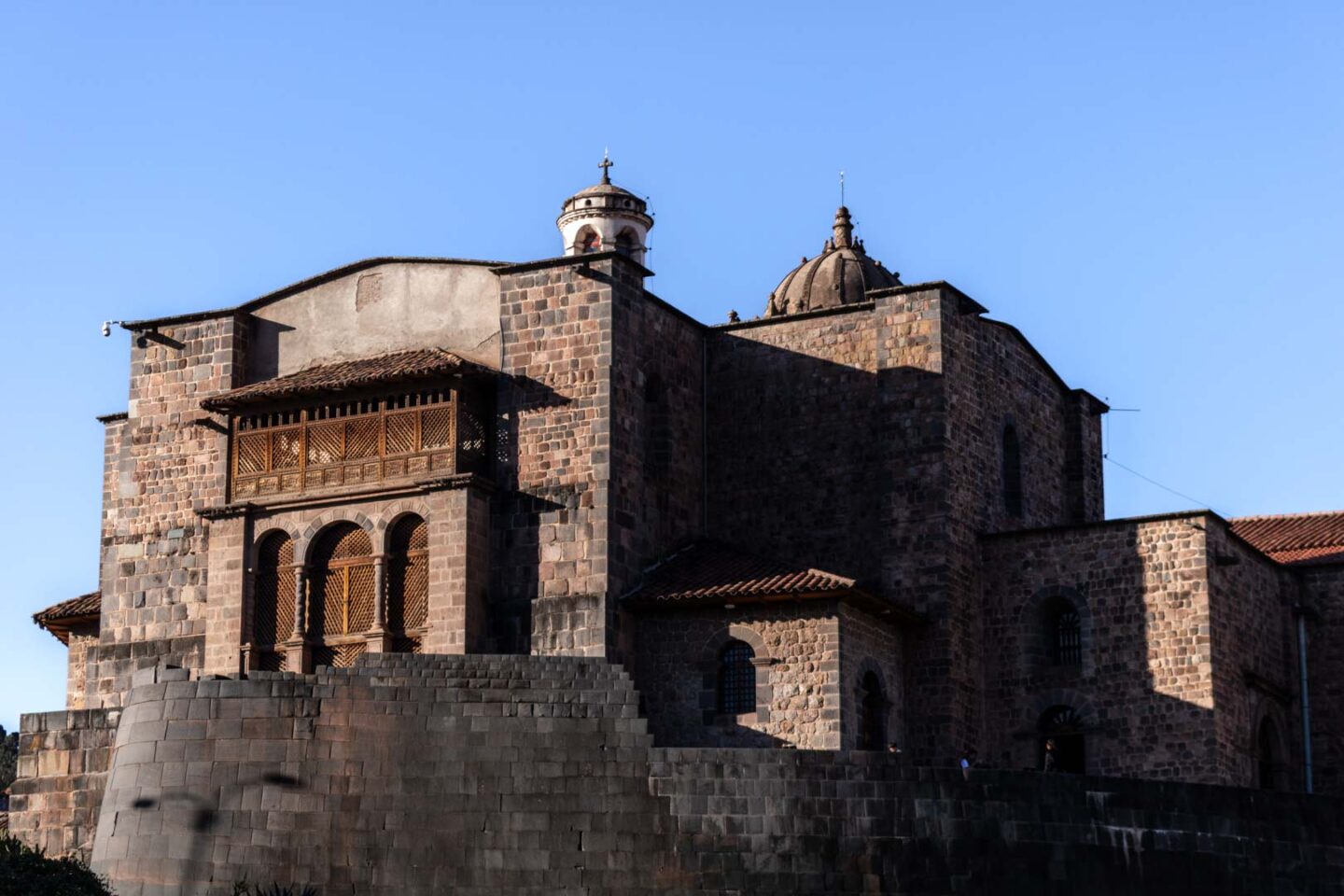
The city of Cusco is a UNESCO World Heritage Site so as you can imagine there are lots of wonderful places to visit. However, no trip here is complete without heading to Qorikancha (the Temple of the Sun).
Maybe we should have mentioned this earlier, but Cusco was actually the capital of the Incan Empire. Qorikancha (or Coricancha) was built during the reign of Túpac Yupanqui, who was the 10th Inca. It was dedicated to the Incan sun god of Inti and was one of the city’s most important temples at the time.
Unfortunately, the Spaniards destroyed a lot of the temple once they arrived in Cusco. What’s left is a unique mix between Incan and colonial architecture.
The interior of Qorikancha is extremely impressive, although make sure you leave some time to wander around the gardens too. If you’re lucky, you might be able to spot colourful hummingbirds here!
Your 4 Days in Cusco: Day Three
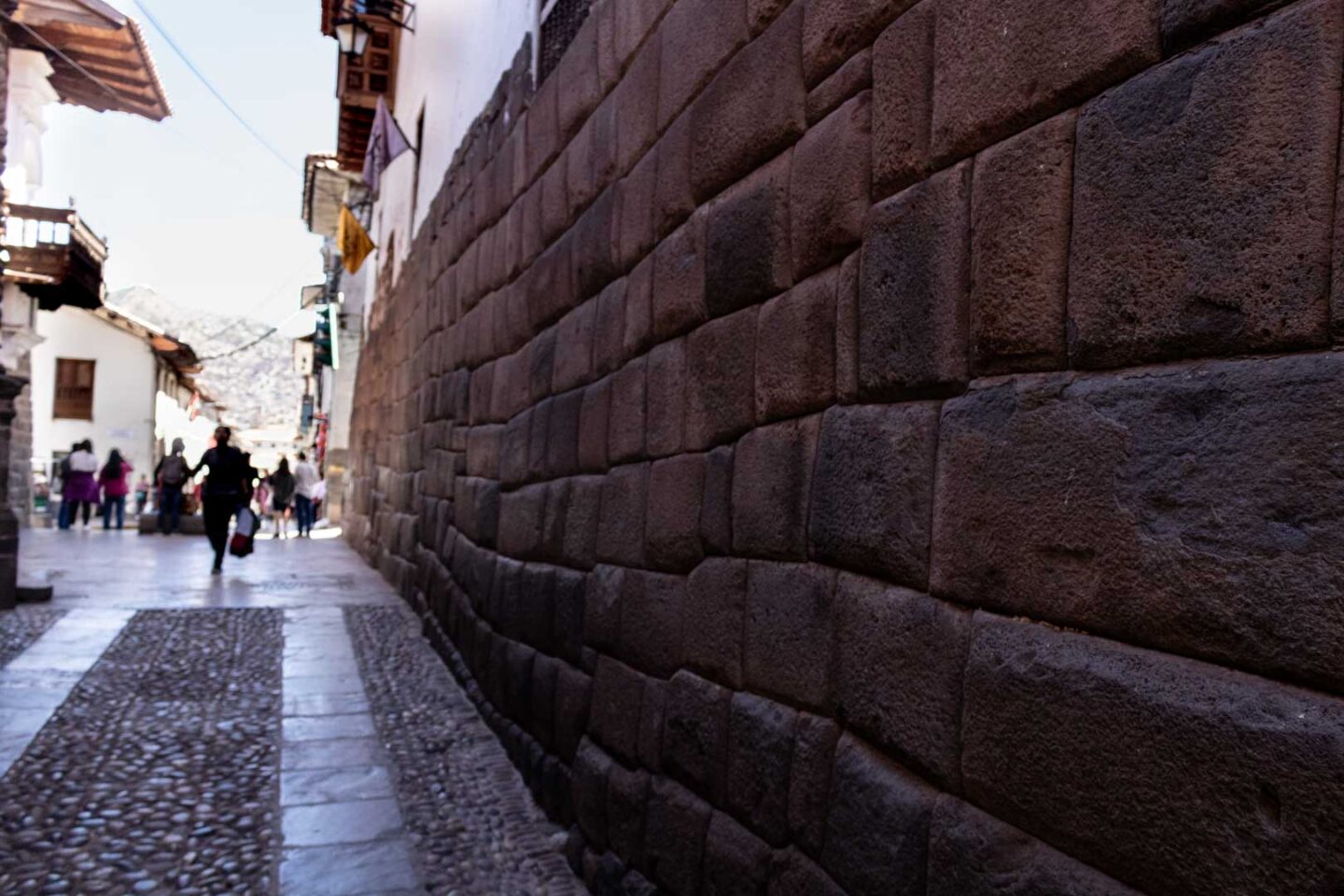
Day three of this Cusco itinerary will see you explore more of the city. Two of the stops will require a walk, so make sure you take your time. It’s likely that you’ll feel quite breathless due to the altitude.
Mirador de Plaza Sán Cristobal
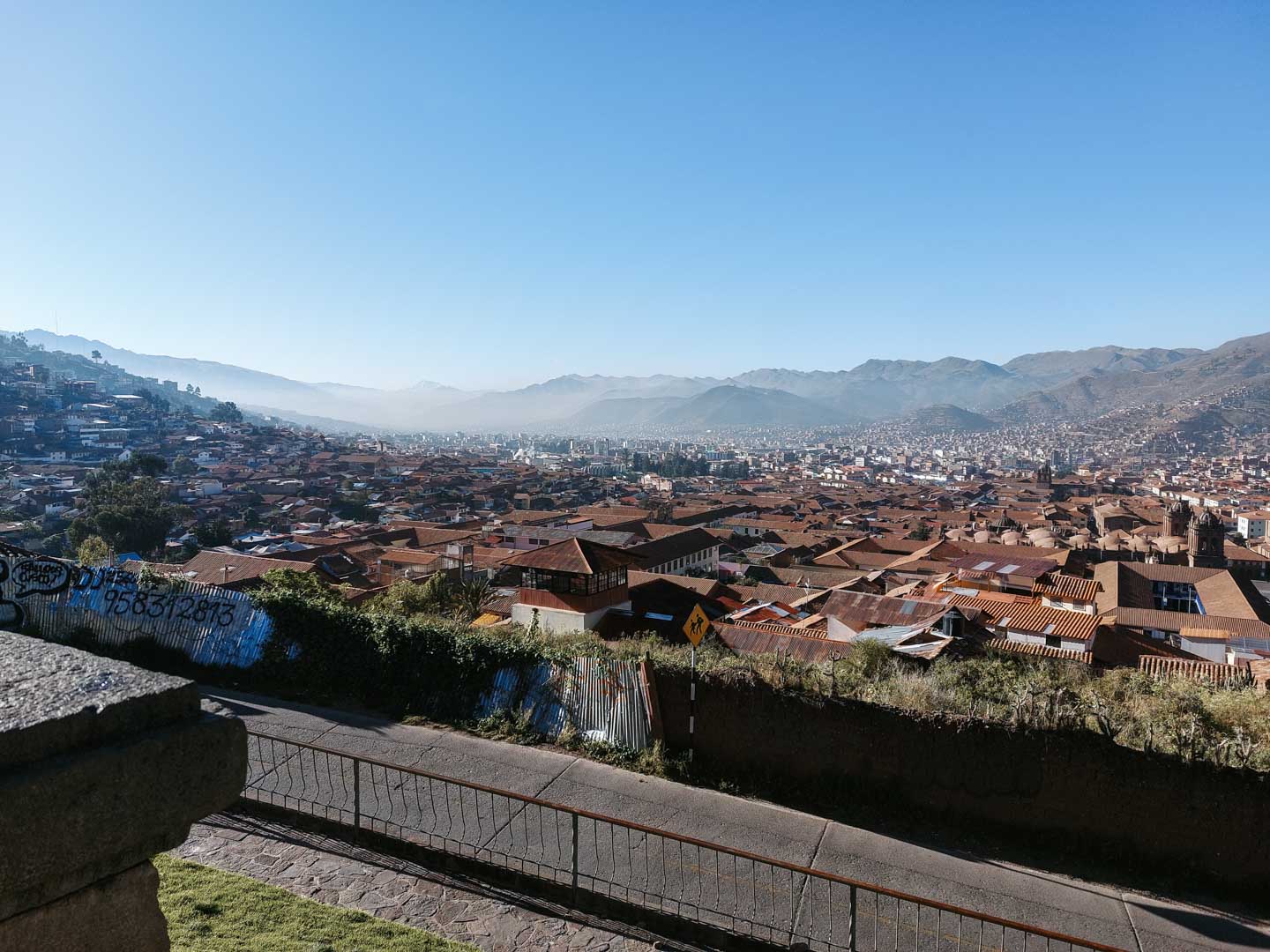
If you’ve only got 4 days in Cusco then make sure you head up to Mirador de Plaza Sán Cristobal. It’s just a 10-minute walk from the main square, although it’s up some steep streets so just take it easy.
Once you reach the mirador, you’ll have breathtaking views of the city. Honestly, we could have sat here all day just watching the world go by, and taking photographs.
The best part about visiting Mirador de Plaza Sán Cristobal is that it’s typically overlooked by tourists. That means no fighting against the crowds, and you’ll get to appreciate the locals going about their everyday life.
If you head up there early, you could always enjoy your breakfast from the viewpoint. Better yet, this place is free to visit. The walk up will allow you to appreciate Cusco’s hidden streets, but you can always catch an Uber here if you wish.
Cristo Blanco
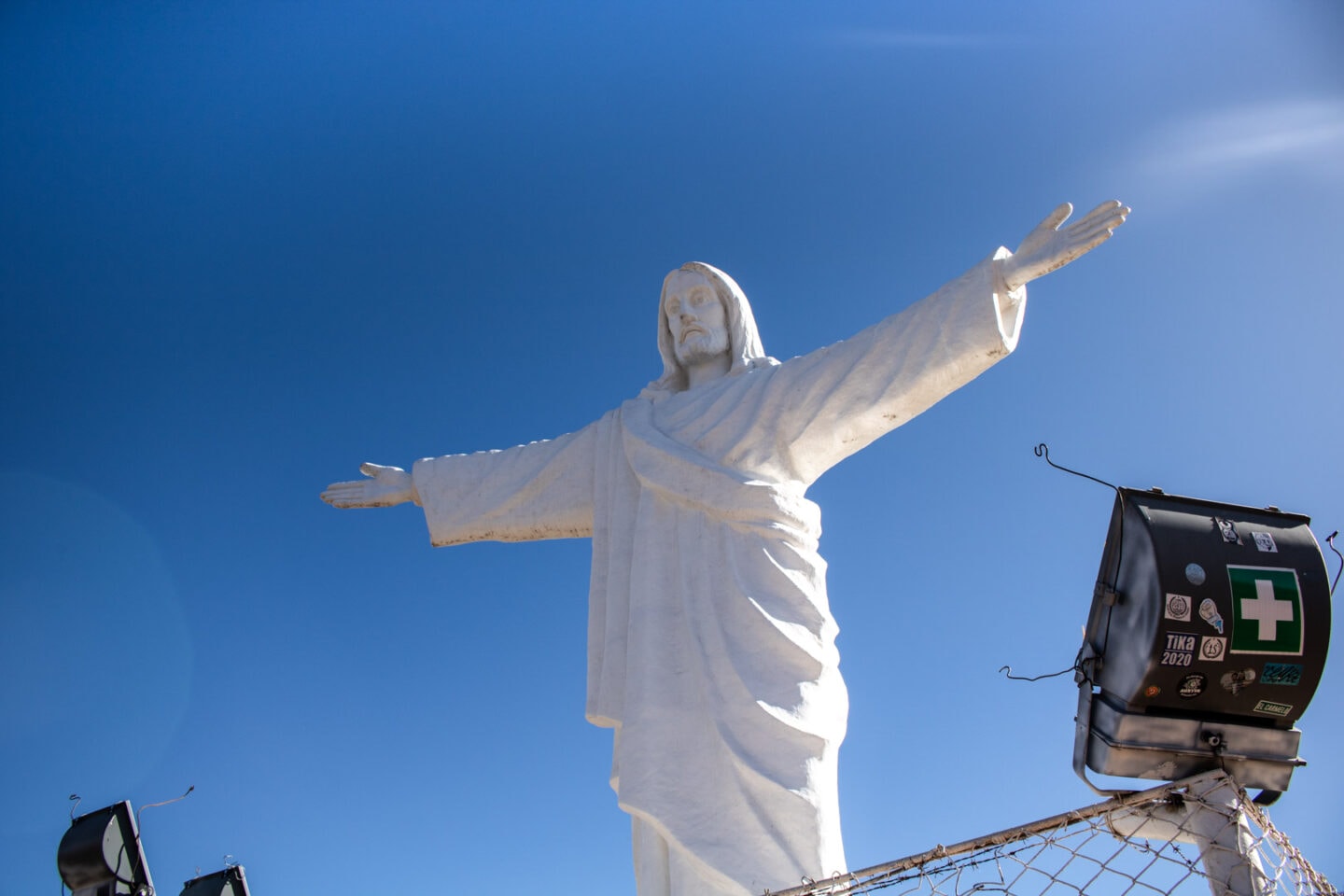
After admiring the views from Mirador de Plaza Sán Cristobal, it’s time to head up to Cristo Blanco! If you’re after the perfect day in Cusco then this isn’t a place that you want to leave off your itinerary.
From the Mirador, it’s around a 10-15 minute walk although ignore the route on Google Maps as that will take you the long way. Instead, cross over the bridge that’s opposite the entrance to Saqsaywaman. From there, a path will take you up over a short hill rather than all the way around.
Often referred to as the ‘Protector of Cusco’, Cristo Blanco is a huge 8-metre (26 feet) statue of Jesus Christ. It’s the city’s most famous monument and even better, it’s free to visit.
Although the statue is impressive in itself, the views from here are truly something else. Not only will you get epic vistas of the city, but you’ll be able to admire a striking glacier in the distance!
Siete Borreguitos
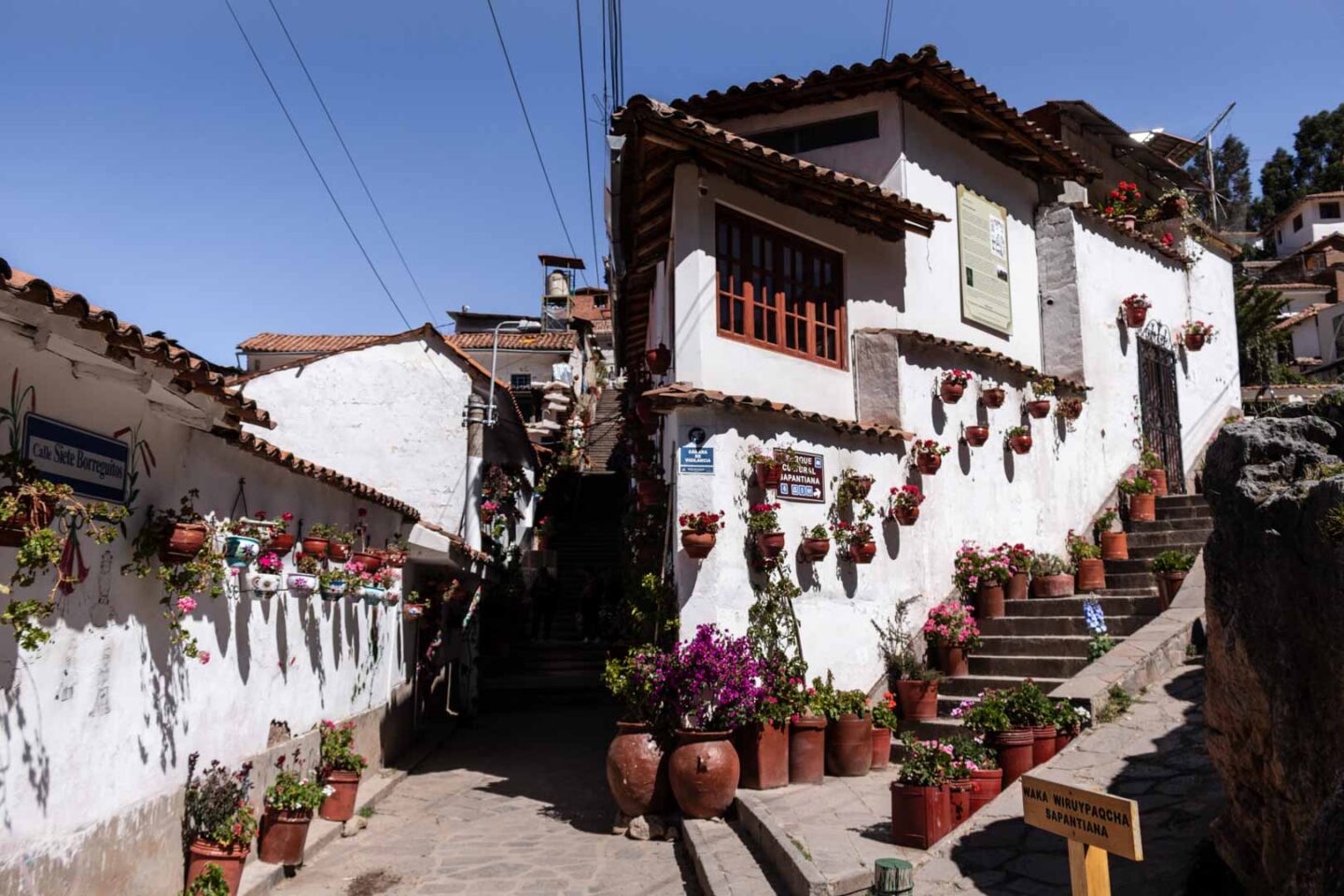
No Cusco itinerary is complete without exploring the San Blas District. This area is located within the city’s historic centre, and is often called the ‘Artisan Neighborhood’.
Not only will you find stunning views of Cusco Valley, but San Blas is undeniably one of the most beautiful areas within the city. There’s plenty to do here too including visiting the San Blas Viewpoint.
However, our favourite place has to be Siete Borreguitos! It’s one of the most scenic streets in Cusco – think hanging flower baskets, colourful murals, and orange-tiled roofs. As you wander down Siete Borreguitos, you can always pop into one of the charming coffee shops too.
The name of this street translates to ‘Little Lambs’ and it refers to the people who used to pass through Siete Borreguitos with their livestock. Today, it’s a very peaceful area, but just don’t take the locals up on their offer of taking photos with their alpacas!
Twelve Angled Stone
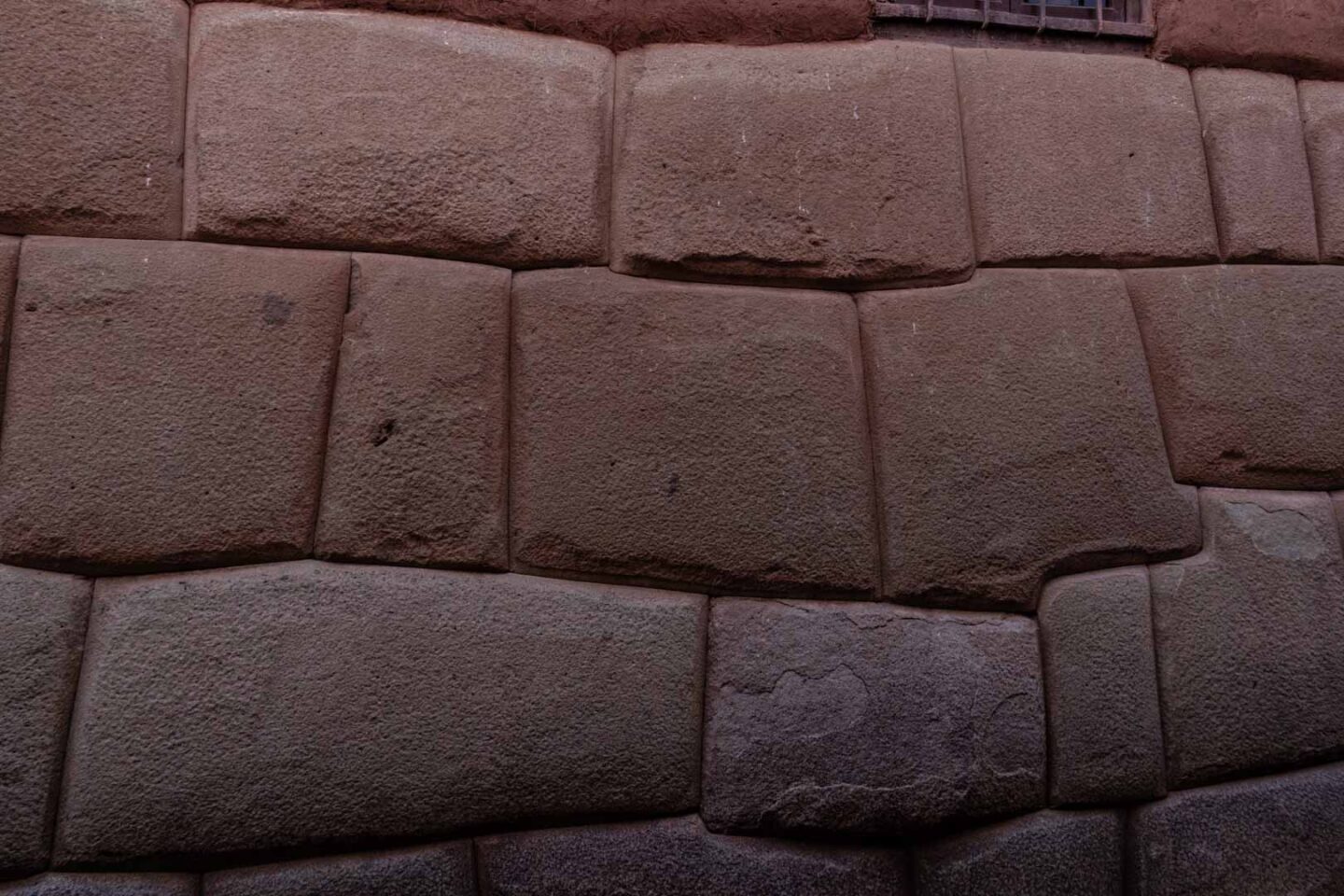
If you’ve only got 4 days in Cusco then make sure you visit the iconic Twelve-Angled Stone. It’s one of the city’s most popular attractions and is an important example of Incan architecture.
The Twelve-Angled Stone makes up part of the Lienzo Pétreo Wall which dates back around 700 years. It’s made up of green diorite rock and was originally thought to be part of an Incan palace.
As you take a look at this place, you’ll realise that every piece of stone fits together perfectly. That’s pretty impressive considering the wall was built without any mortar or other binding material. In fact, the stones fit together so well, that you can’t even fit a piece of paper between them!
The crazy thing about this place is that you’ll often walk right past it, as the street is busy, and often full of people.
Cusco Cathedral
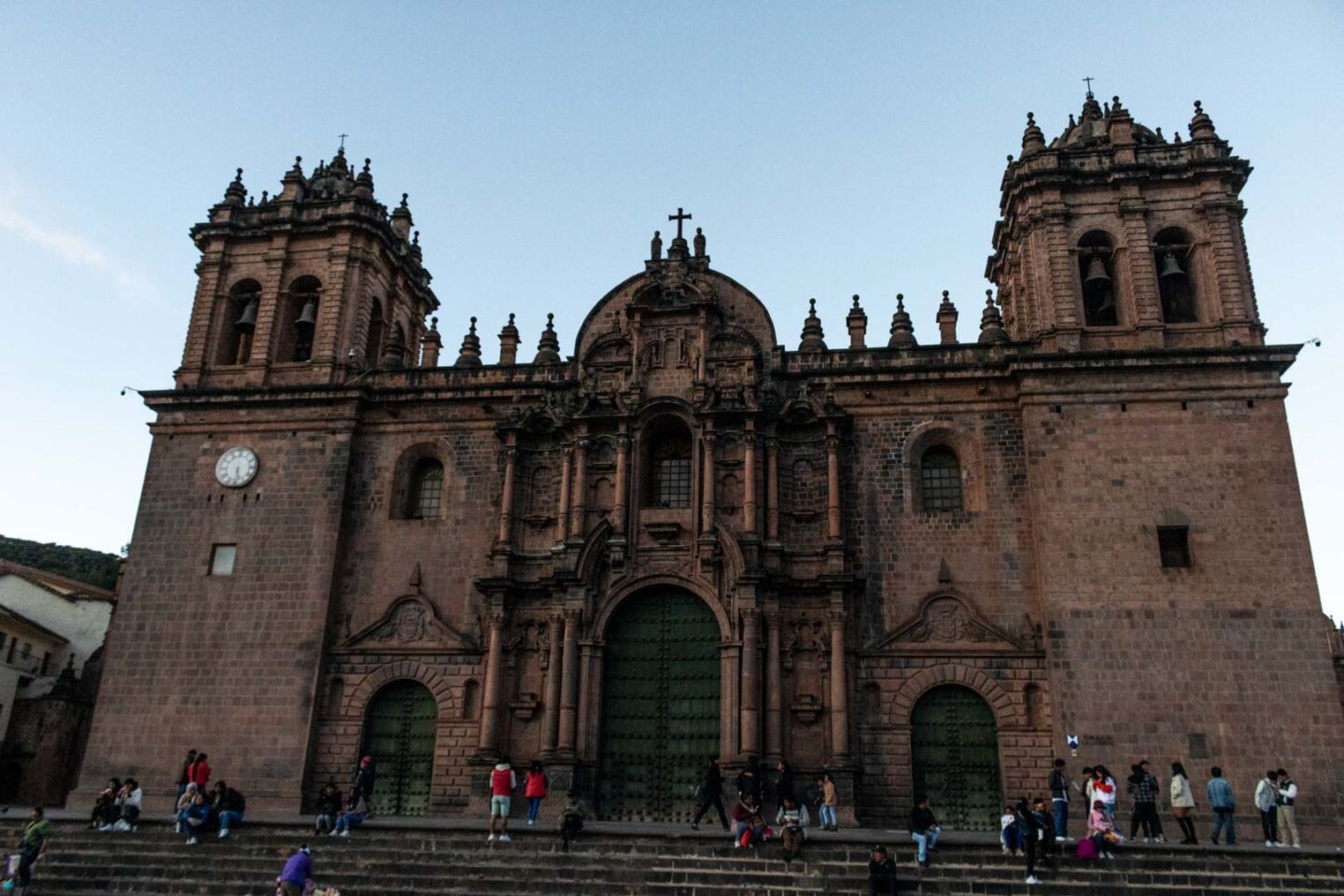
Last but certainly not least, on day three of your Cusco itinerary is the city’s cathedral. You’ll find it along Plaza de Armas. Cusco Cathedral was built between 1559 and 1654; in fact, the construction of this building took over 100 years!
Also known as the Cathedral Basilica of the Virgin of the Assumption, this church is one of the most significant monuments in Cusco. It was built by the Spanish, and they destroyed part of the Saqsaywaman archaeological site in order to use the stone for it.
Originally, in its place stood Quishuarcancha which was an ancient Inca temple. By building over it, the Spanish were sending a message to the local people, which in turn, forced them to follow the Catholic religion.
The interior of Cusco Cathedral is impressive, and you’ll get to witness a variety of architectural styles. There are also 14 side chapels located here, 7 different altars, and around 300 paintings to see.
Your 4 Days in Cusco: Day Four
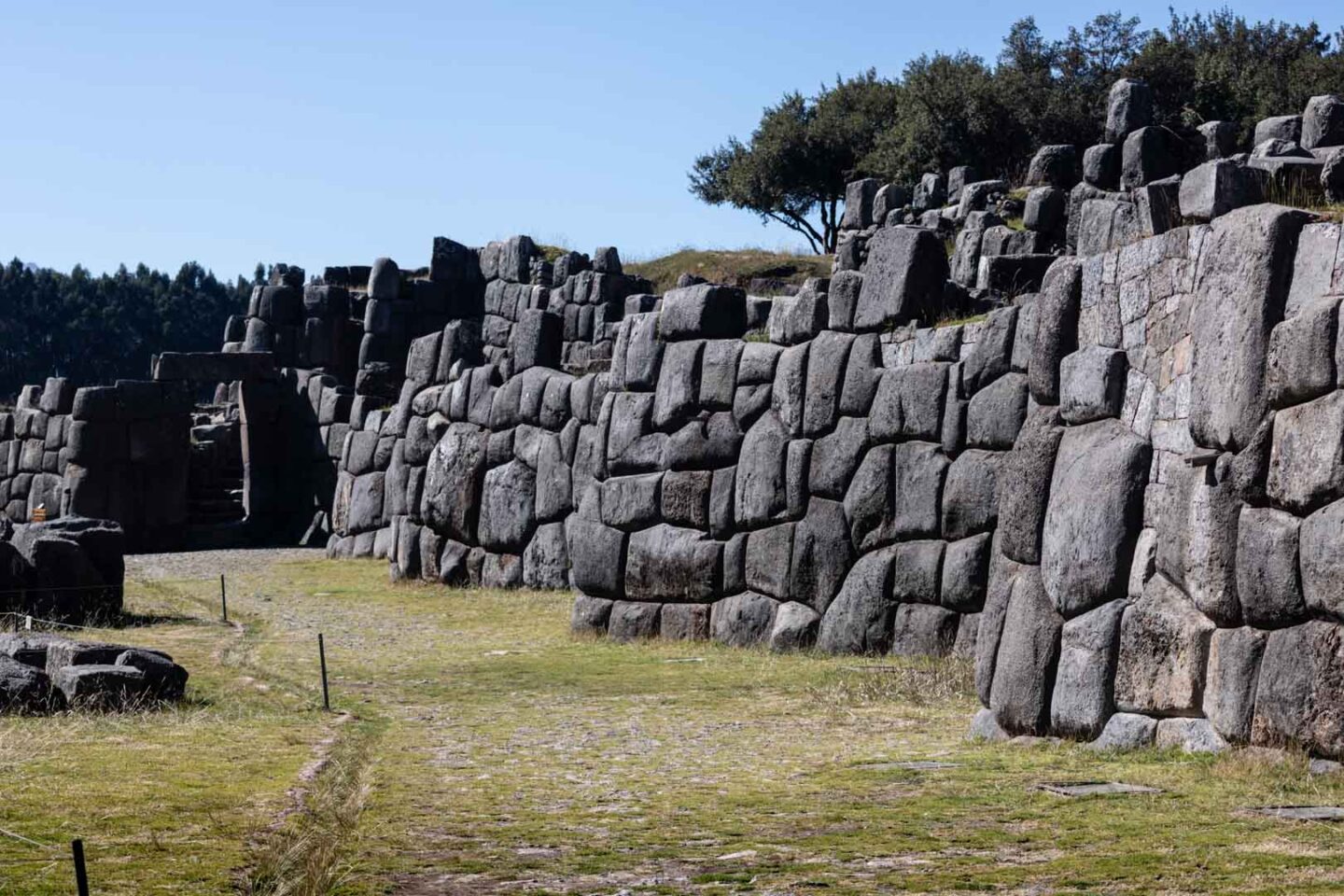
All of today’s sites are located out of the city, and you can hop on this awesome four ruins half-day tour to visit them all. You can also purchase a combined day ticket that includes entrance to all of these sites which will save you money!
Saqsaywaman
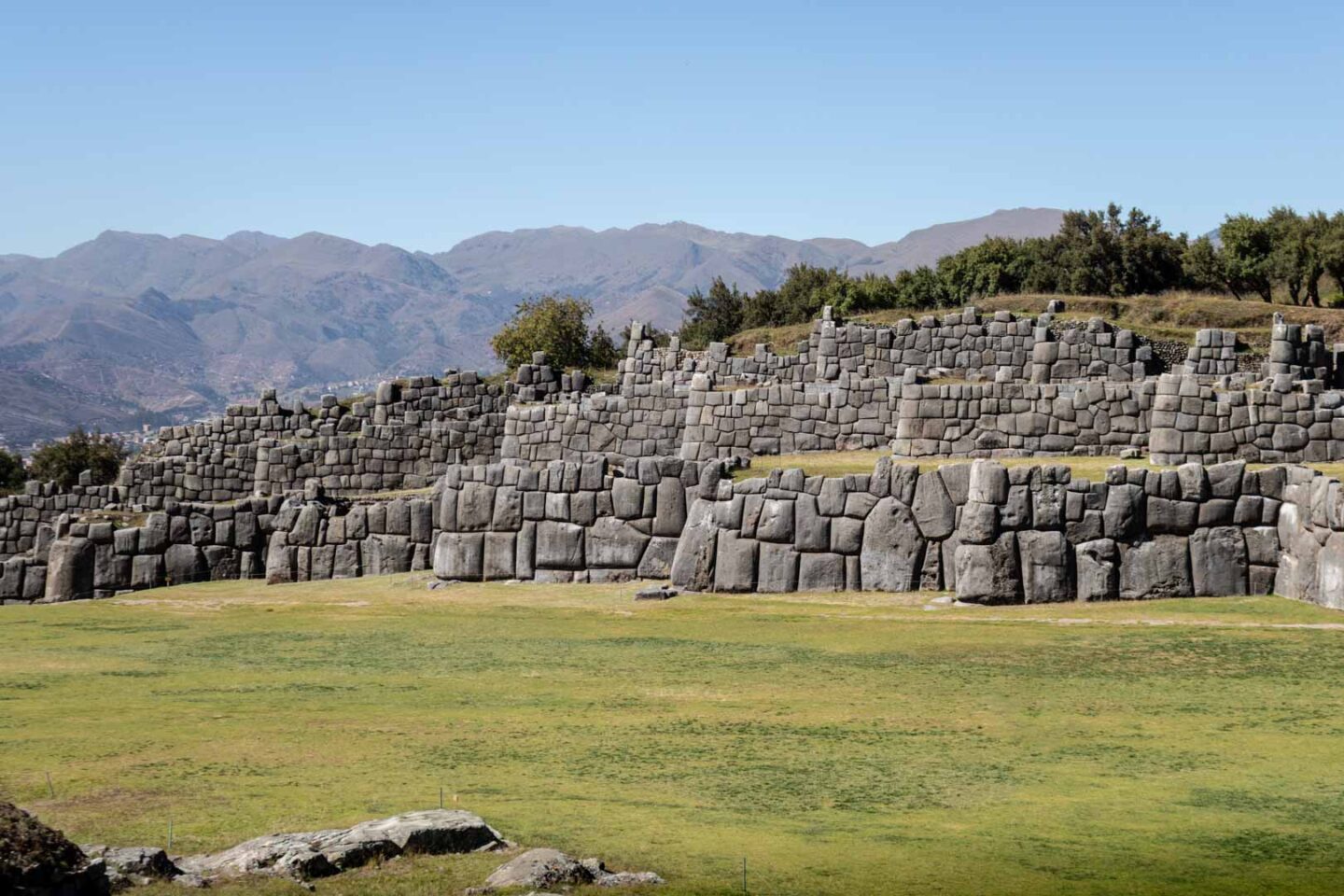
Now this place is a must for any Cusco itinerary! Saqsaywaman is one of the most impressive archaeological sites we’ve ever visited, and it has a lot to offer.
It was built during the 1400s under the reign of Inca Pachacuti and was an important military base. Unfortunately, after the empire was defeated, the Spanish destroyed part of the site and then left it to ruin.
Luckily, Saqsaywaman was rediscovered in 1934 and now it plays a very important role in the local culture. It’s actually where the Inti Raymi is held, an annual Inca festival that takes place on the 24th of June.
There’s a lot to see at Saqsaywaman, so you’ll want to allow yourself a good hour or two to wander around. You’ve got the option of walking around by yourself or you can opt to have a guide. During your visit, make sure you head to the viewpoint as the views of Cusco are breathtaking.
Q’enqo Archaeological Complex
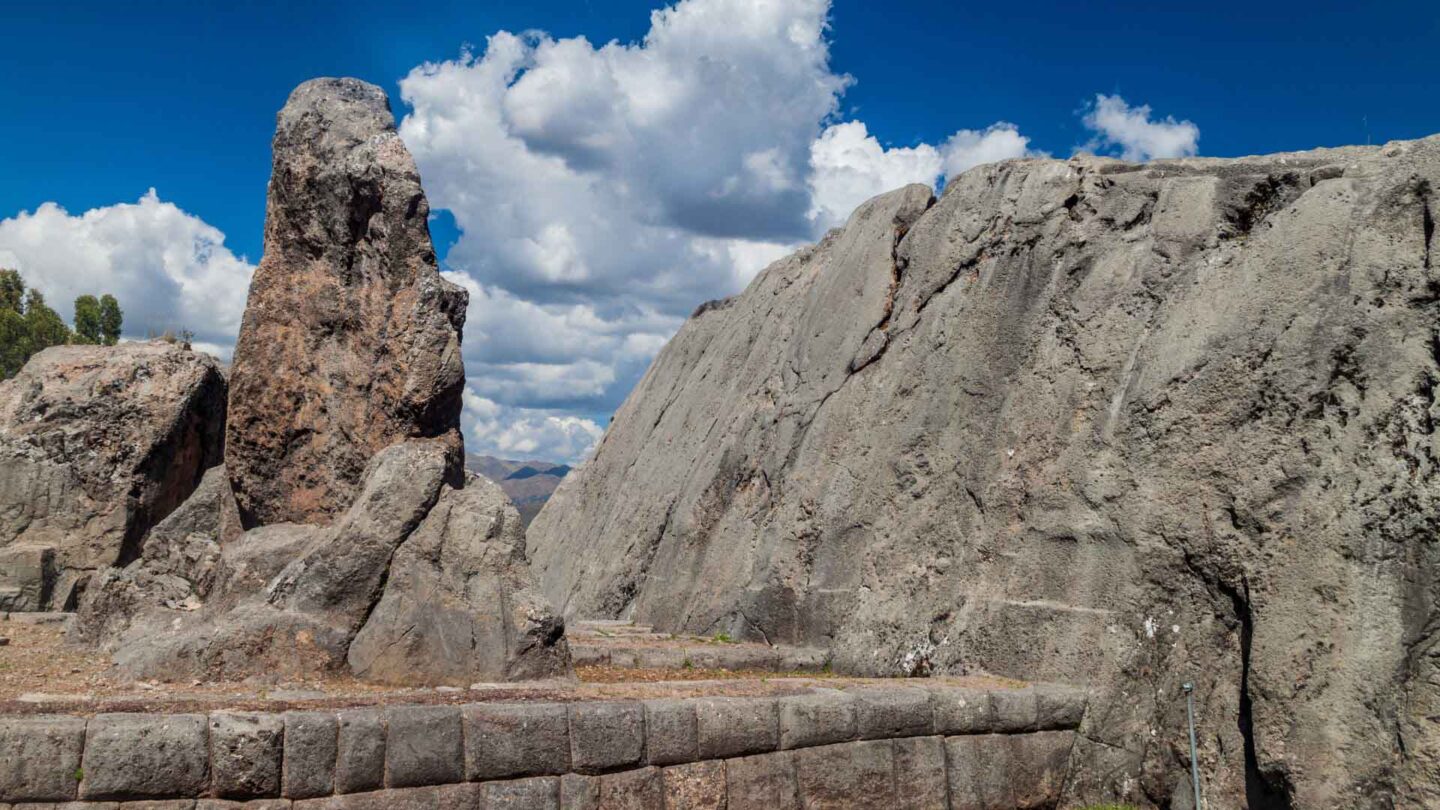
Q’enqo (or Kenko) was a very important site to the Incas. It’s where religious ceremonies used to be held, and although archaeologists aren’t sure, many scholars believe that it was built during Inca Pachacuti’s reign.
During the Incan empire, it’s thought that the ancients used Q’enqo to communicate with their deities. That includes the earth, moon, mountain, sun, and the stars.
Within the complex, you’ll find a large amphitheatre, the remains of an observatory, a sacrificial hall, and an underground chamber among other ruins. A lot of the site was destroyed by the Spanish, but luckily, we can still appreciate the Incan architecture here today.
There are some information boards at Q’enqo Archaeological Complex. These will help you learn about the site and its history, although for the best experience, take a guide in with you!
Puka Pukara Archaeological Complex
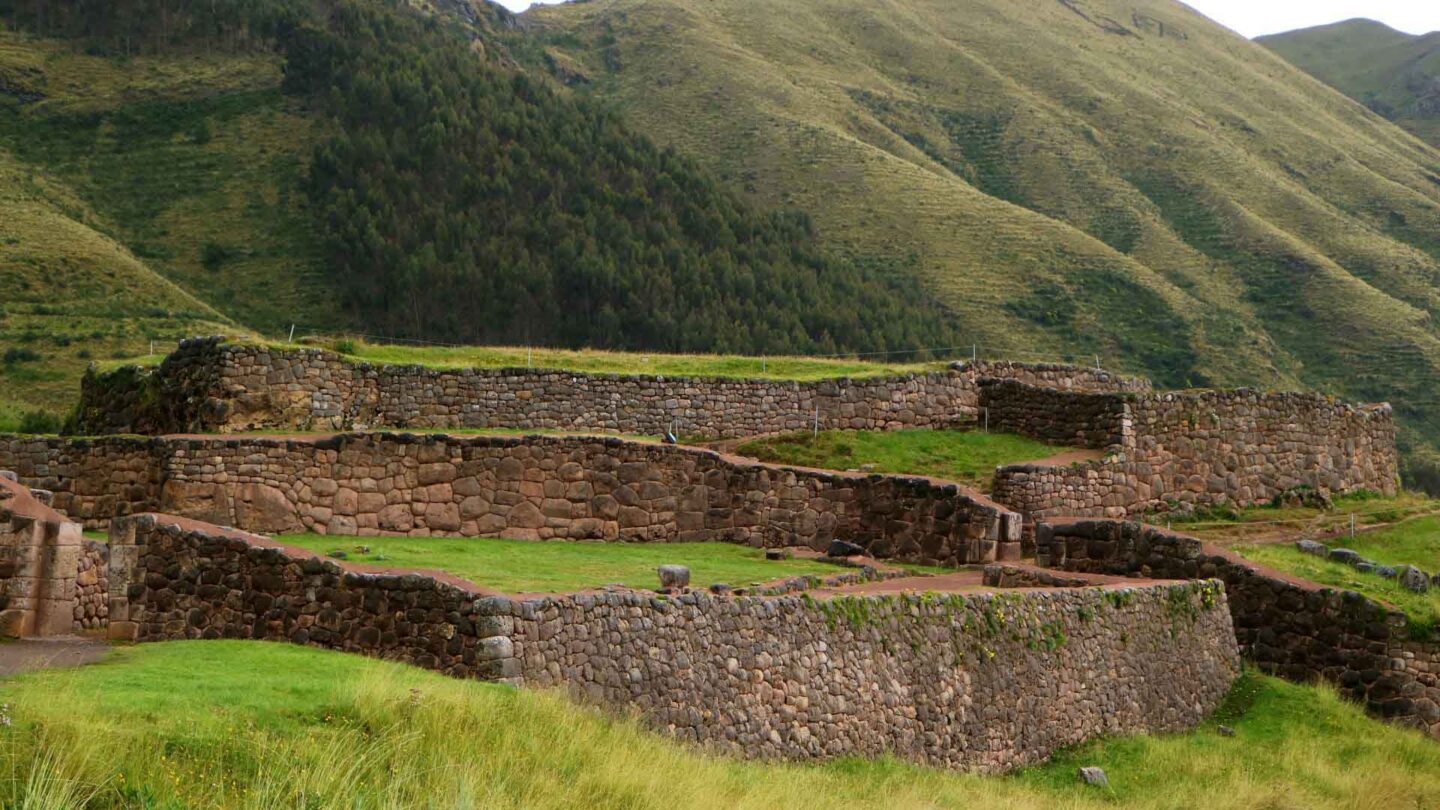
Next on this Cusco itinerary is Puka Pukara Archaeological Complex. The site’s name translates to ‘Red Fortress’ after the type of rock used to build it.
Compared to other Incan sites, people don’t know much about this complex. Many archaeologists believe it’s a former military base like Saqsaywaman, although others are sceptical. Not knowing is all part of the mystery, and it somehow makes this place even more magical.
Unlike other sites in the area, Puka Pukara was hardly touched by the Spanish, which means we can appreciate the unique architecture and design of this area.
Puka Pukara Archaeological Complex has three main sections; the First Wall, the Second Wall, and the Third Wall. Like the other sites in today’s itinerary, you can opt to have a guide who will explain the area’s history.
Tambomachay
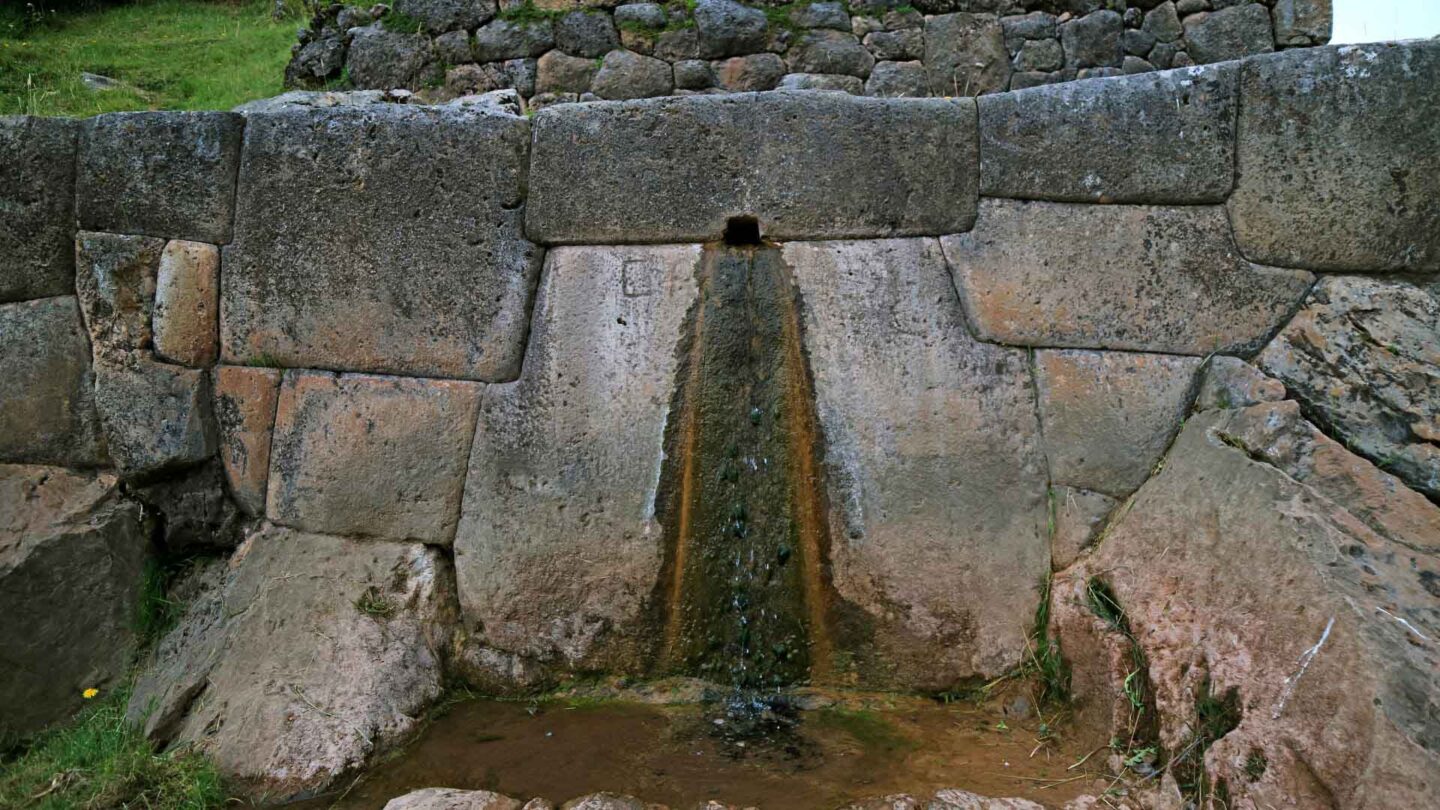
Tambomachay is just a 10-minute walk from Puka Pukara so you won’t have to go far. This site’s purpose is also unknown, but people believe it could have been a military base or ceremonial site.
Also known as El Baño del Inca (Bath of the Inca), the name suggests that Tambomachay may have been an Incan spa. This theory may be down to the site’s location as it sits on top of a natural spring, that feeds into the canals within the terraces.
Tambomachay is split into four different terraces, although it’s the site’s water channels that will catch your eye. Not only that, but the stone formations are extremely impressive too.
Now, this archaeological site is located at 3,700 metres (12,150 feet) above sea level so it’s located at a higher altitude than Cusco. This means you’ll need to watch out for altitude sickness so make sure you stay hydrated.
Helpful Information for Your Cusco Itinerary
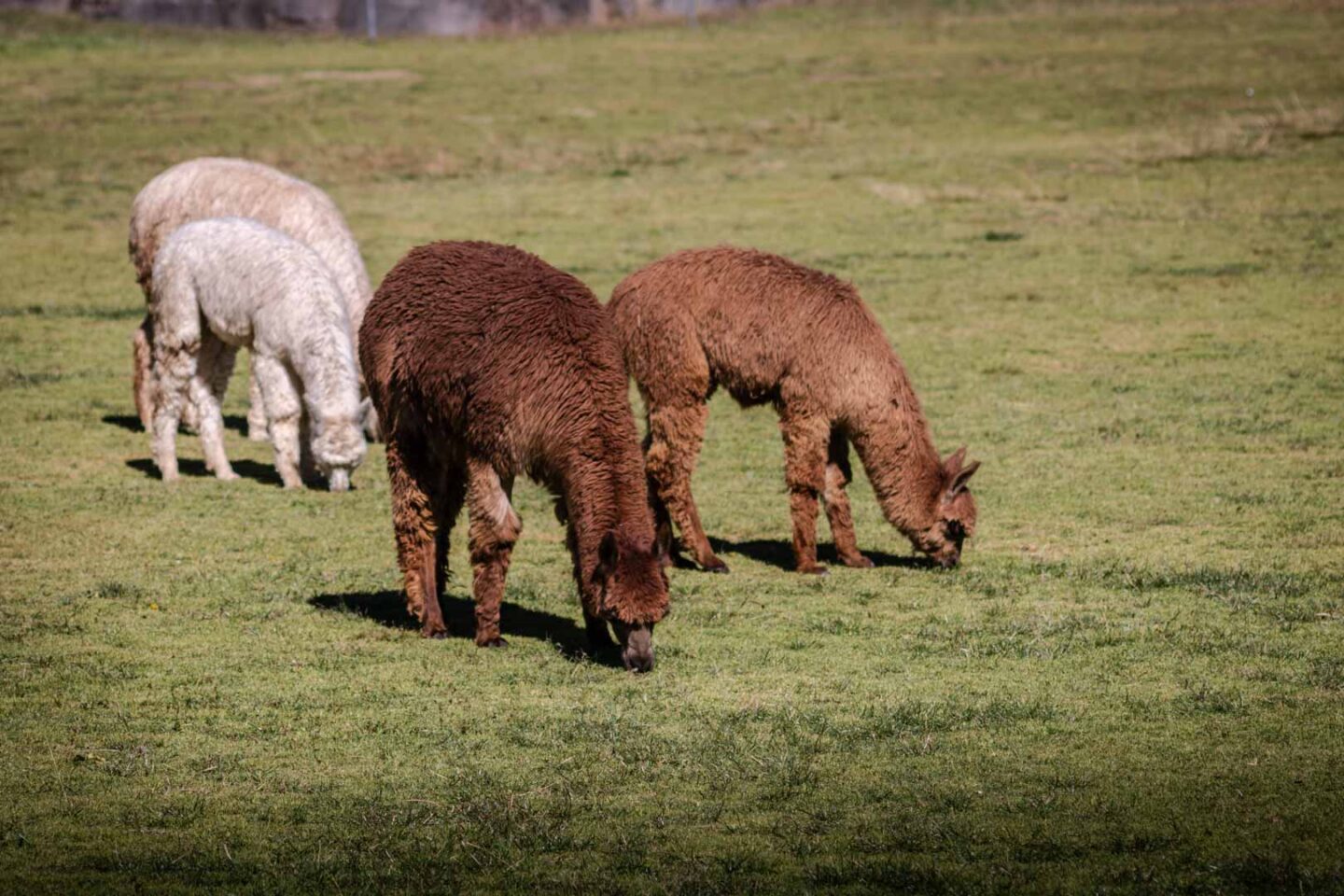
Dealing with the altitude in Cusco
Cusco sits at 3,399 meters (11,152 feet) above sea level making it one of the highest-altitude cities in Peru. Naturally, the city’s location means that there’s a good chance you’ll suffer from altitude sickness.
This is when our bodies struggle to adjust to the lack of oxygen, and it can present itself with a variety of symptoms. This includes headaches, nausea, and fatigue, and you may even feel breathless when exerting energy.
To prevent altitude sickness, you’ll want to take things easy and leave some time to acclimatise. Make sure you keep hydrated, and you can always opt to try coca tea, which is what the local people drink.
How to get to Cusco
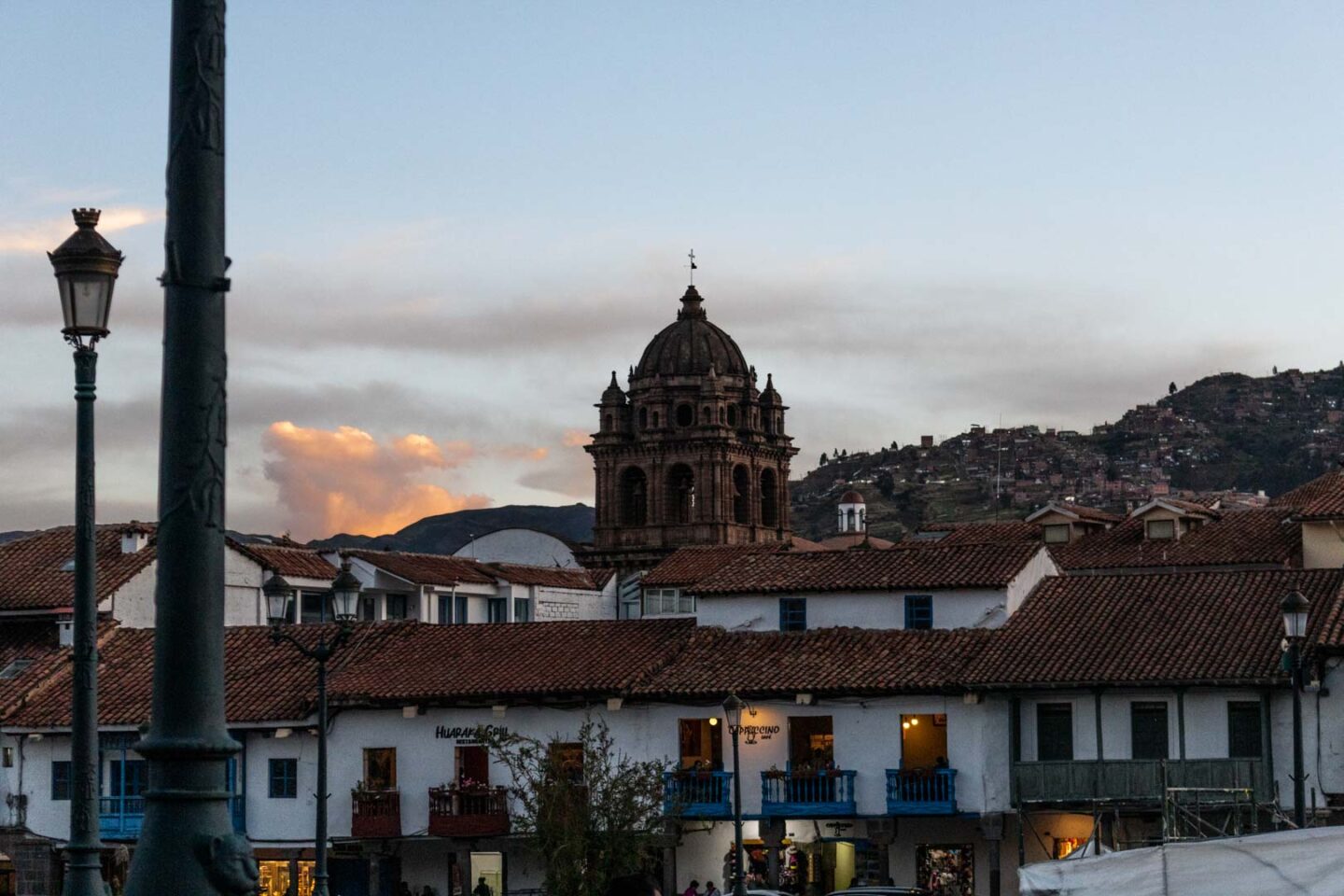
First of all, the most popular way to reach Cusco is by air. Flights arrive from other cities in Peru such as Arequipa or Puerto Maldonado, but people often travel straight from the capital of Lima. You won’t find many international flights arriving here so just keep that in mind.
Alejandro Velasco Astete International Airport is just a 13-minute drive from Plaza de Armas. You can either catch a bus to the city centre or you can grab an Uber. Either way, you’ll have no problems getting into Cusco.
If you’re travelling overland, then both bus and train services run to Cusco. If you’re opting for the train, then routes include Arequipa, Puno, and Aguas Calientes.
There are a variety of bus services to choose from and many of these run overnight. Popular origin destinations include Arequipa, Ica, Lima, and Puerto Maldonado.
How to get around Cusco
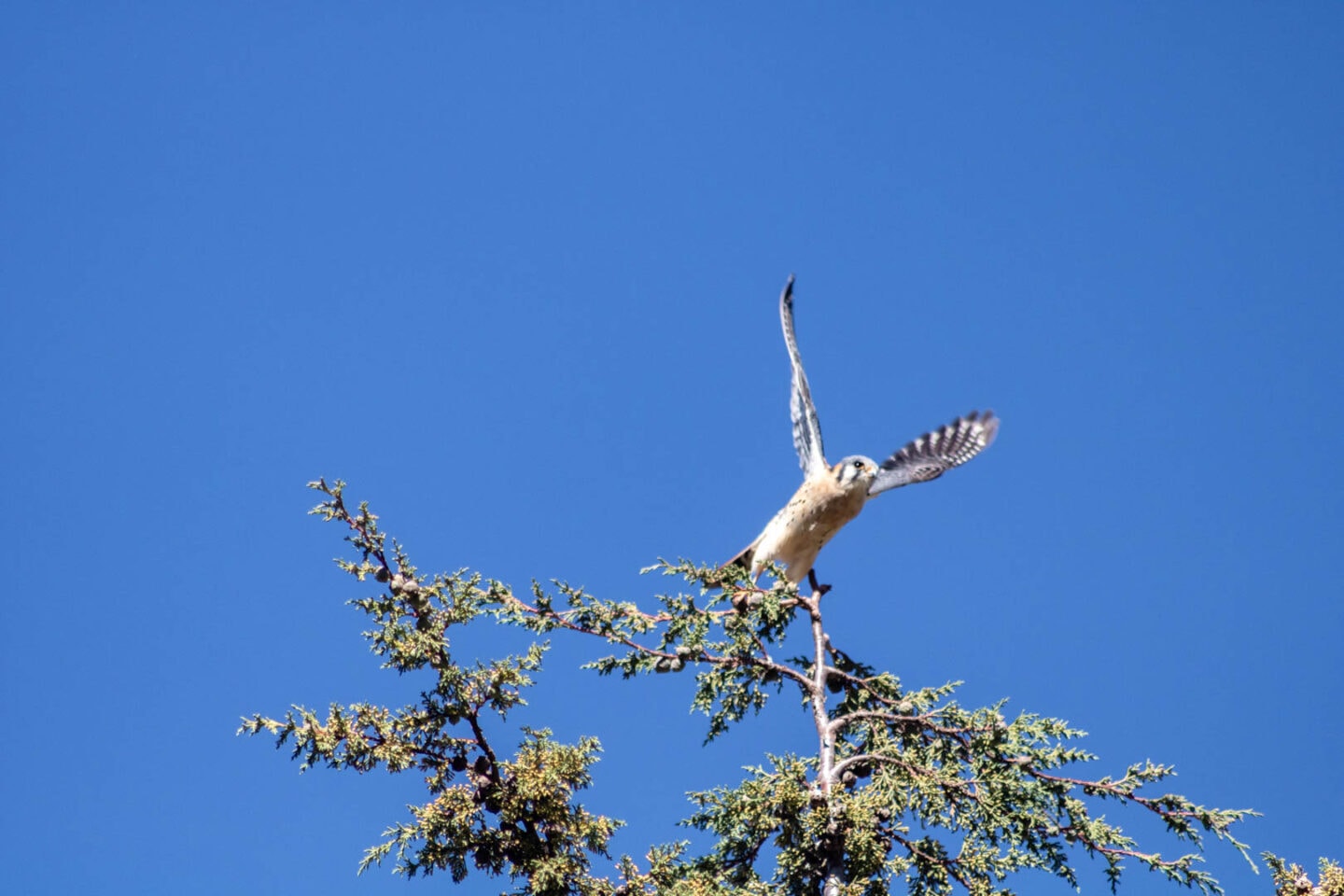
If you’ve only got 4 days in Cusco then you’ll want to make the most of your time. Luckily, there are plenty of ways to travel between the attractions.
Here’s a quick rundown of the best ways to get around:
By Foot: Cusco is an extremely walkable city and many of the attractions are located within the Historic Centre. That means you can easily walk between them, without having to catch public transport.
Uber: For the attractions that are a bit further out, use Uber. Not only are the prices cheap, but we found this platform to be extremely reliable during our time in Peru.
By Bus: The local buses are an extremely cost-effective way to get around. They run frequently throughout the city, but it’s likely that you probably won’t even need to use them.
By Car: If you plan to visit some of the sites outside of the city, you can always hire a car. Hertz and Europcar are popular choices, but just be aware that the roads in Peru tend to be crazy!
The best time to visit Cusco
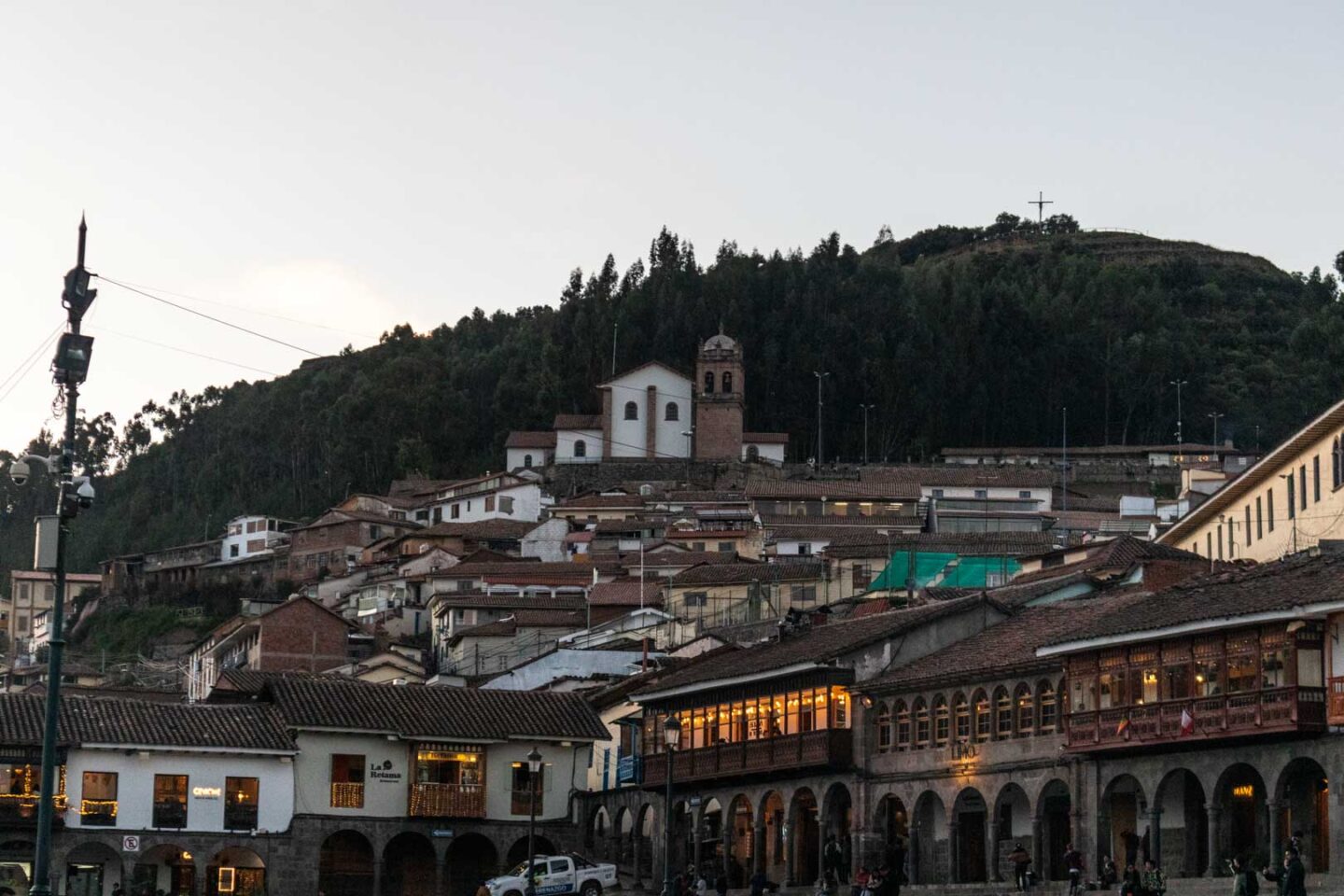
In our opinion, the best time to visit Cusco is in June. It’s the city’s anniversary, and you’ll typically find that there’s an event going on every day. This was certainly the case during our visit, and it’s a great time to appreciate the local culture.
May-October tends to be the most popular time to visit Cusco. Precipitation levels are at their lowest, and you’ll experience pleasant temperatures. However, you’ll likely encounter the crowds at this time too.
If you head to Cusco in May or October, which is at the very start and end of the peak season, you’ll have a quieter experience. Even better, for those travelling to the city in November, you’re likely to find that accommodation prices are cheaper.
December to April is often the cheapest time to visit, as you’re going to experience plenty of rainfall. This isn’t a problem if you’re staying in the city, but if you’re planning to explore nearby areas, the rain can be an issue.
Exploring Cusco by tour
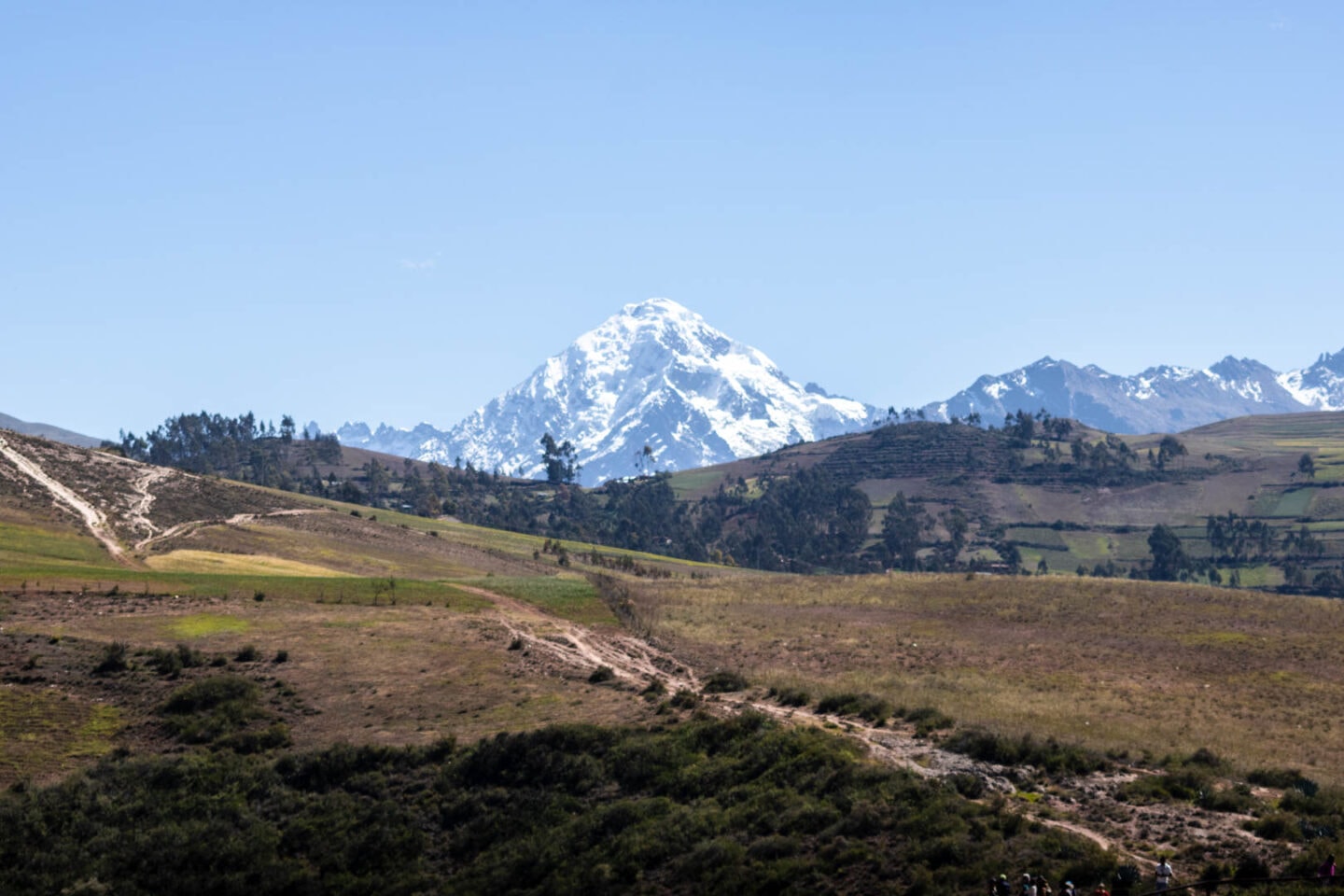
Now, this Cusco itinerary will keep you very busy. If you’d prefer an organised alternative, then why not check out some of the city’s tour options? Although we love to explore self-guided, we know that not everyone travels that way!
Here are a few popular Cusco tours for you to look at:
- Cusco City Four Ruins Half-Day Tour: This 5-hour tour will take you to the four archaelogical sites that we’ve mentioned for day four. This includes Saqsaywaman, Q’enqo Archaeological Complex, Puka Pukara Archaeological Complex, and Tambomachay.
- Open Bus Cusco City Tour: This tour will allow you to explore Cusco in style as you can admire the city views from the bus’s panoramic windows. You’ll get to stop off at a variety of locations including Qolcampata and Cristo Blanco too.
- Cusco City Sightseeing Tour: On this 3.5-hour tour you’ll get to visit some of the city’s highlights. That includes San Pedro Market, the Sacred Convent of Santo Domingo, the Temple of the Sun, and Cusco Cathedral.
- Cusco: Half-Day City Tour: This 6-hour tour is another great option if you’re looking to see the best of Cusco. You’ll get to visit ancient temples, explore sacred sites, and admire the city’s incredible Incan architecture.
The Cusco Pass
If you’re looking to save money during your trip it’s worth purchasing the Cusco Tourist Ticket. There are four types of tickets that you can purchase and you can pick them up at the COSITUC main office in the city centre, and OFEC branch offices.
Here’s a quick rundown of the options:
1. General Ticket (130 PEN) – Valid for 10 days and covers all 16 attractions within circuits 1,2, and 3.
2. Circuit 1 Ticket (70 PEN) – Valid for 1 day and covers Saqsaywaman, Q’enqo Archaeological Complex, Puka Pukara Archaeological Complex, and Tambomachay.
3. Circuit 2 Ticket (70 PEN) – Valid for 2 days and covers eight tourist attractions.
4. Circuit 3 Ticket (70 PEN) – Valid for 2 days and covers Pisac, Ollantaytambo, Chinchero, and Moray.
Where to Stay in Cusco
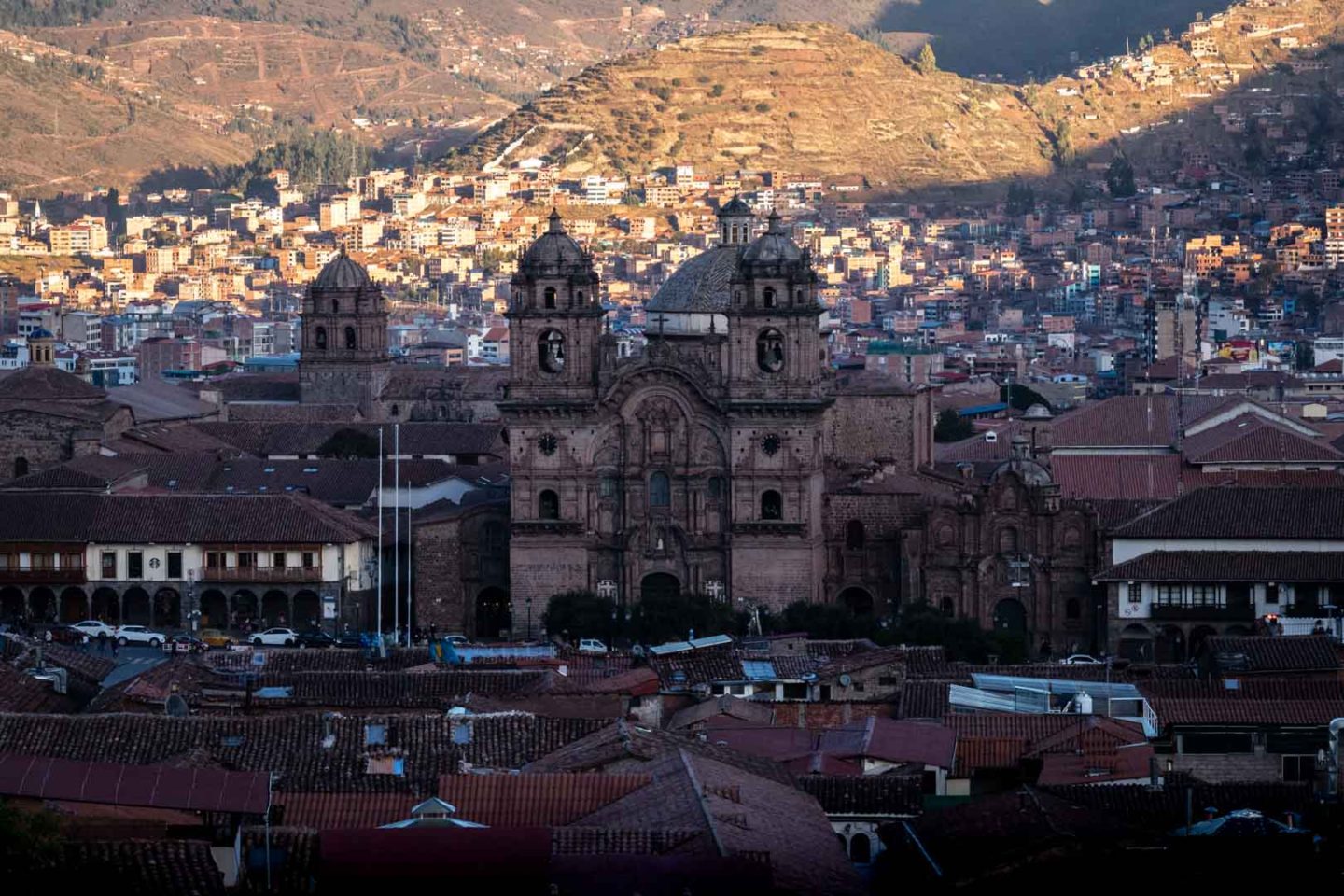
You’ll find plenty of fantastic accommodation options in Cusco. There’s something for every budget, but for the best experience, try to base yourself just a short walk from the Plaza de Armas. Even better, opt for a place that features a rooftop terrace as lots of them do!
Here are a couple of our recommendations.
Luxury: JW Marriott El Convento Cusco
This gorgeous 5* hotel is located in the city centre, just three blocks from the main square. It boasts a charming colonial courtyard, parquet floors, and sculpted stone arches. The beauty of this place is undeniable.
JW Marriott El Convento Cusco also has plenty of awesome facilities including two on-site restaurants, a spa, a heated pool, and two exhibition halls that house Peruvian artefacts.
Mid-range: Cozy Room Cusco
This is one of the places we stayed during our trip, as it’s just a 15-minute walk from the main square. The rooftop terrace at this place is stunning, and the city views will blow you away.
As the name suggests, the rooms are incredibly cosy and you’ll have breakfast included in your stay. There’s even a shared kitchen which you can use, and this hotel offers free bag storage.
Budget: Hostal Qolqampata
During our first visit to Cusco, we stayed at Hostal Qolqampata. This place also has a beautiful terrace and the hosts are lovely. It’s just a 10-minute walk from the main square, and you’ll find plenty of great attractions nearby including Saqsaywaman.
Free airport transfers are available and the rooms sleep between 2-6 people. You’ll also benefit from free WiFi and the rooms all feature a private bathroom.
Frequently Asked Questions about Cusco
How many days do I need in Cusco?
In our opinion, you need at least 3 days in Cusco. However, if you’ve got the time, 4 or 5 days will allow you to explore more of the city. You’ll also be able to take day trips out to the Sacred Valley.
The other thing to mention is that you’ll probably need a day or two to acclimatise to the altitude. Naturally, you probably won’t feel like exploring too much at first, so just keep that in mind.
What is a good budget for Cusco?
Cusco is a really affordable city and you can easily visit on a backpacker’s budget. There are plenty of hostels and cheap hotels to choose from, and you’ll find lots of inexpensive food options too.
We’d recommend allowing a budget of at least £35-£40 per person per day. However, Cusco has LOTS of attractions to visit, so you may want to increase this amount depending on what you’d like to do.
Is Cusco a walkable city?
Cusco is the second-largest city in Peru, yet it’s extremely walkable. You’ll find that many of the popular attractions are located in the historic centre so you can easily wander between them.
However, there are a few archaeological sites that you’ll find outside of the city. For these, you’ll need to take a taxi. Your other option is to hop on a tour and there are plenty of them to choose from!
Should I go to Cusco or Machu Picchu first?
In order to visit Machu Picchu, you need to reach Cusco first. Although Aguas Calientes is the closest town to this world wonder, Cusco is often referred to as the ‘Gateway to Machu Picchu’.
From here, you can catch a train to Aguas Calientes or you can do the Hidroelectrica hike. It’s up to you which destination you choose to do first, but if you opt for Cusco, give yourself a few days to acclimatise before moving on.
Where to go after Cusco
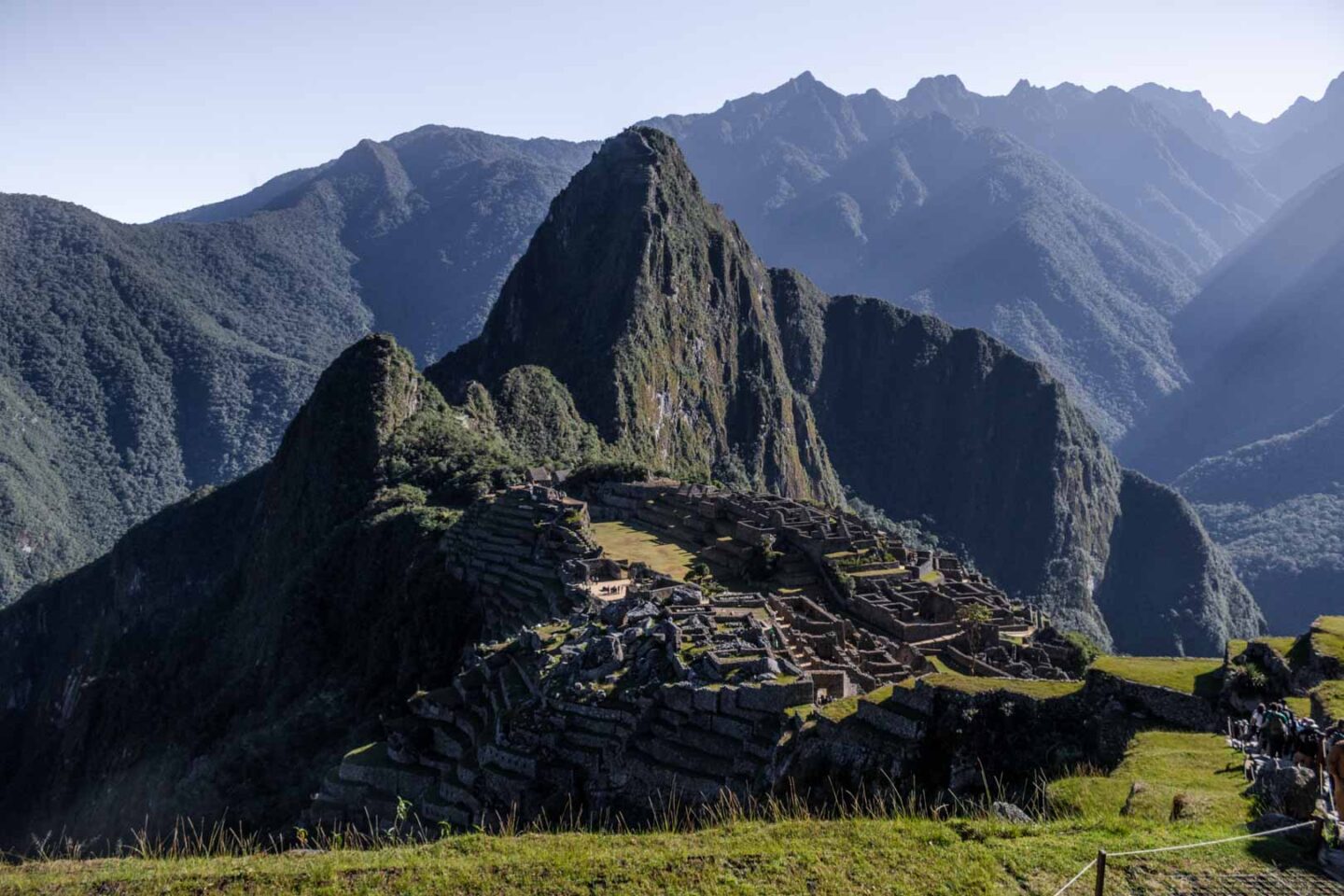
Cusco likely won’t be your first stop in Peru as the airport is only small (although they are currently building a large international one outside of the city). Depending on where you’ve already visited, you’ve got a ton of options when it comes to onward travel.
After your action-packed Cusco itinerary, it’s time to consider your options! An obvious choice is heading to Aguas Calientes so you can visit the famous Machu Picchu.
If you’re looking to explore the Peruvian Amazon then Puerto Maldonado is another option. You can get there by air or bus, with the latter taking around 10 hours.
The cities of Arequipa and Puno are two other options, or you could just head back to the capital city of Lima. If you’d prefer to explore more of the Sacred Valley then why not head to Ollantaytambo? Or, you can spot condors in Colca Canyon instead. The country is your oyster!
Final Thoughts on this Cusco Itinerary
Although many people head to Cusco with the sole purpose of visiting Machu Picchu (an iconic landmark in Peru), this incredible city has a lot to offer. Some travellers also just pass through before hiking the Inca trail but you don’t want to miss out on this place.
To ensure you have the best time in Cusco, we’ve tried to group the attractions together by location. This way you can make the most of your time if you’ve only got a couple of days, as the city is home to some of the best things to do in Peru!
Whether you’re looking to explore ancient temples or explore the local markets, this city has something for everyone.
If you have further questions about this Cusco itinerary then don’t hesitate to contact us via Instagram, Facebook, or in the comments below!
Here are some other Peru guides you may find helpful:
PIN IT FOR LATER!
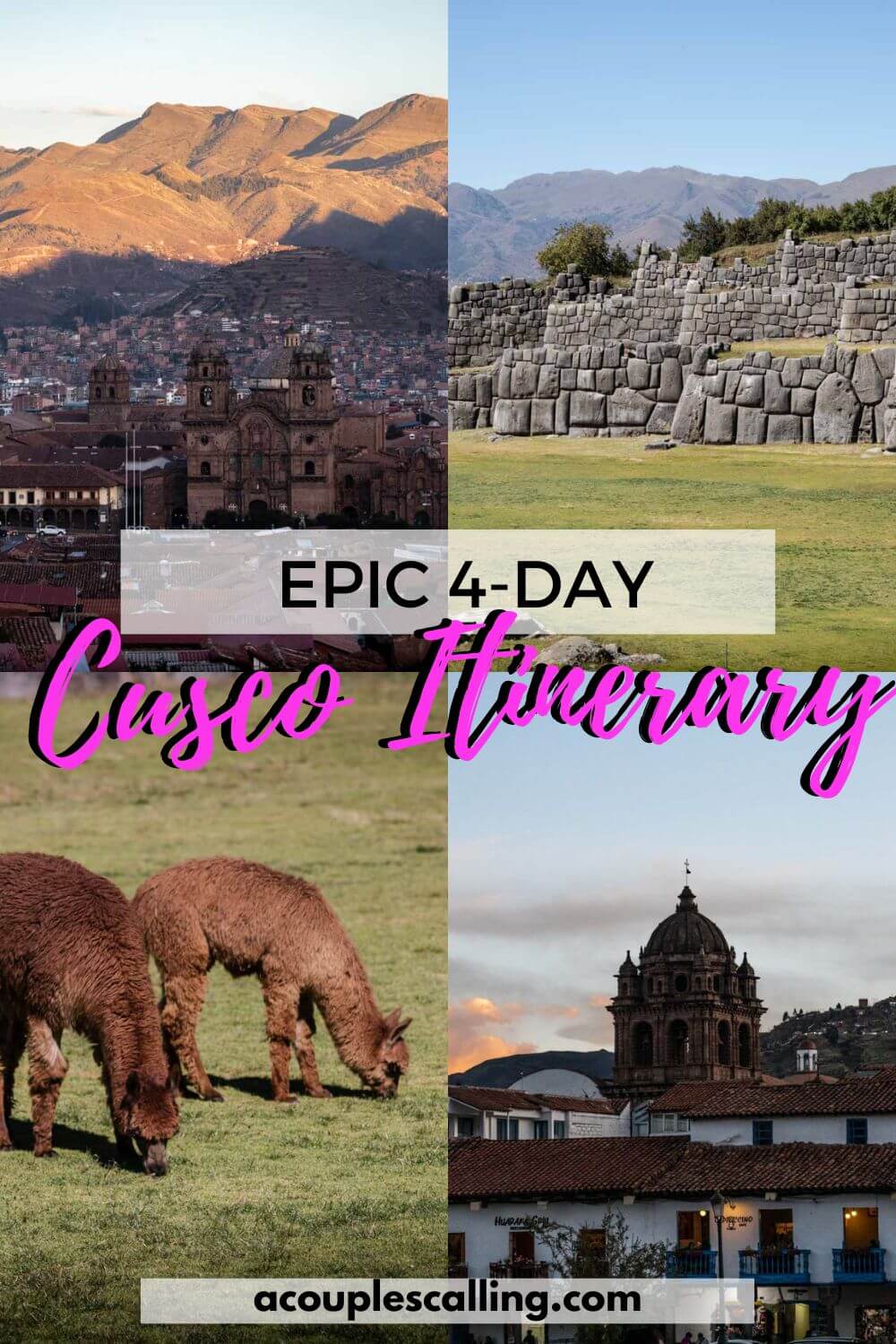
I’m one half of Acouplescalling. I'm passionate about all things travel and photography and I love sharing my experiences with others. I've seen a lot of the world already and I want to help as many people as I can do the same thing!
